Within the likes of a Bentley, nature’s proceeds of timber, wool, hide and more are crafted from raw material into sophisticated and elegant yet functional finishes. They come together to create a cabin of atmosphere and comfort where synthetic materials might otherwise leave you cold. Yet the origins of these finishes are easily taken for granted. So we’re going on a road trip to discover the what, where, how and who of Bentley’s luxury interiors.
We’ll visit four manufacturers that supply Bentley, and then finish up at Mulliner, home to Bentley’s most rarefied products and whose carriage-building roots in 1760 make it the oldest surviving name in the Volkswagen Group’s portfolio. By way of contrast, we’ll be driving a Cupra Formentor crossover from the VW Group’s youngest brand, Cupra, spun out from Seat in 2018.
We start in my corner of Edinburgh, the Dean Village, which has its own four-wheeled history and links with Mulliner. We pose the Formentor outside what from 1934 to 2001 was the Bentley specialist workshop of Ian Cunningham senior and then junior. Both were trained in-house by the manufacturer and cared for countless Bentleys – including several Blowers – plus the Queen’s Scottish f leet and famous racers including Ecurie Ecosse’s 1956 Le Mans-winning Jaguar D-Type.
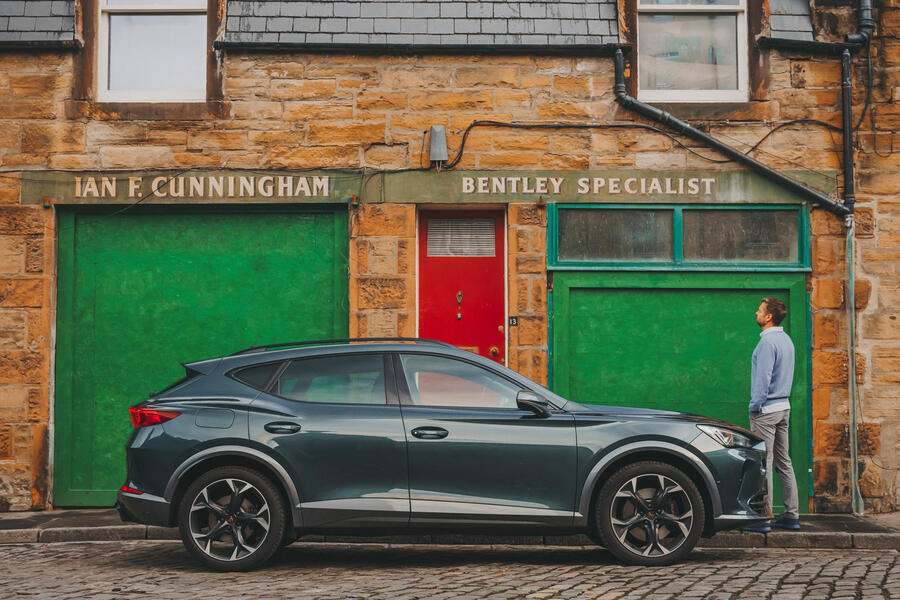
The Cupra’s angular form and piercing LEDs are stark against the building’s weathered frontage. The car has a brooding, high-tech aesthetic outside and in, accentuated by ‘Dark Camouflage’ paintwork and black nappa. It comes in VZ2 spec and the UK market’s most powerful engine choice, the VW-familiar EA888 2.0 TSI with 306bhp.
Exploring those credentials will wait, though, as we select Comfort mode to slip westbound out of town. Adaptive dampers softened, Edinburgh’s notoriously fractured roads are for the most part gently parried while the seven-speed DSG gearbox smudges us towards the M8.
Swiftly reaching 70mph on the motorway, the engine sits docile at 2000rpm. There’s some roar from the 19in rubber on rougher sections but otherwise the Formentor manages this workaday stuff nicely. We’re soon bisecting Glasgow, where COP26 delegates are busy pondering the future of its kind.
We cross the Clyde, whose shipping trade bankrolled the lavish lifestyle of Glen Kidston – derring- doer, Bentley Boy and winner of 1930’s Le Mans, sharing Woolf Barnato’s Speed Six. Then it’s a short hop into Renfrewshire to visit Bridge of Weir, supplier of leather to Bentley and other British and international marques. The Muirhead name has been in tanning as long as Mulliner has been in coachbuilding, and it’s James Muirhead, head of automotive sales, who shows us around.
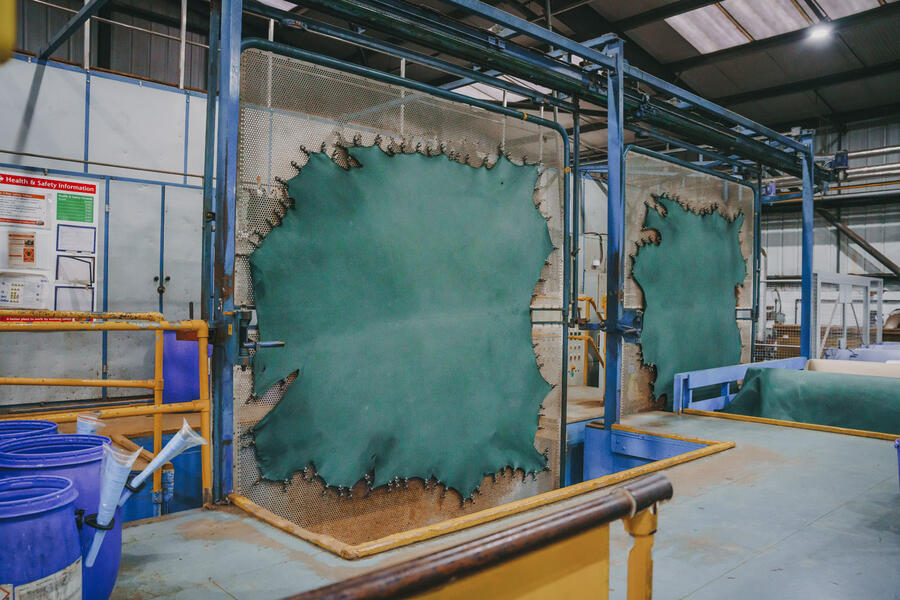
The hides processed here come from British and Irish bulls: the region picked for climate and diet, the sex for durability and tightness of grain. The leather is an unwanted by-product of the meat industry, so those with ethical concerns arguably have a beef with, well, beef more than the material itself.
Once preserved via tanning, shaving machines reduce the unseen ‘B side’ so the hides are barely one millimetre thick. Imperfections are few; black patches of hair endure as blue splodges on the otherwise pale skins but disappear after dying in huge drums using organic dyes.
Stretching racks and sprawling, heated presses dry hides, which are five metres square and come out board-stiff before softening in tumble dryers. Then a vast, automated spraying machine sets the A-side’s final colour and sheen. ‘Mainstream’ Bentleys generally use the more uniform, resilient and harder-wearing nappa leather, but Mulliner, which Muirhead considers “almost a separate, smaller OEM” also uses matt-finish aniline – a softer, more natural leather that escapes the spray guns. Meanwhile, high-gloss nappa for the Blower Continuation cars presently in build at Mulliner uses a special spray programme to mimic the period-correct cloudy finish.
Nappas are embossed with a fine-grain print using a roller machine, before manual inspection and dispatch to Crewe atop wooden horses. Their transformation within these walls from landfill-ready waste to fragrant, cabin-grade leather is remarkable.
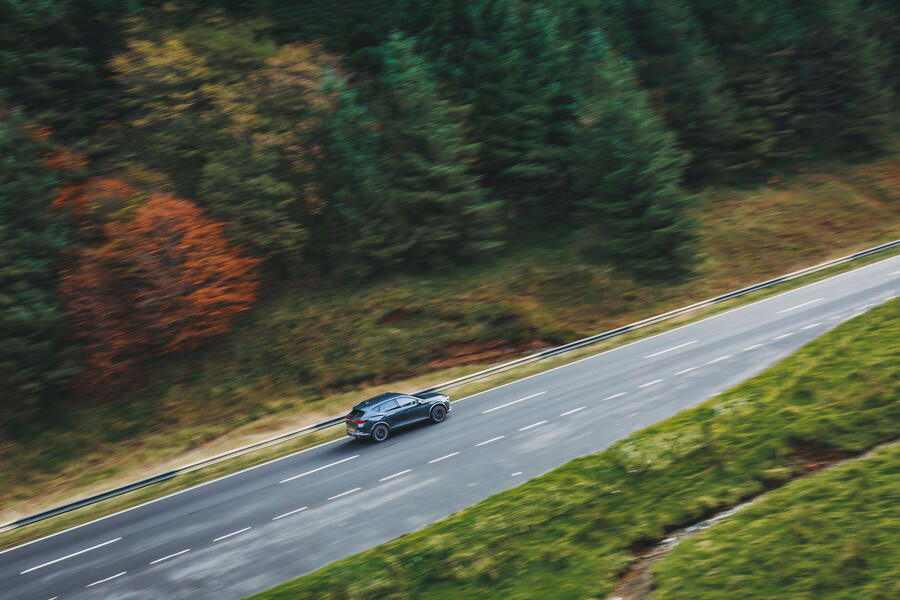
The sun is sinking as we leave for a motorway cruise south-east, and it’s gone when we veer off into the Scottish Borders, but the meandering A-road’s combination of standing water, blind corners and rogue sheep is ably met by the Formentor. Ride height may limit the credibility of the four-wheel drive system’s Off-road mode, but there’s an on- road composure and confidence here that allows swift, smooth progress from gentle steering, throttle and brake inputs, aided by trustworthy auto-dip headlight beams.
We overnight in Hawick, where textile mills are what Bentley is to Crewe. The town’s first stocking frame appeared in 1771, then in 1826 a shipment of tweel – the Scots word for twill – was misread in London as ‘tweed’, inadvertently naming the now-famous woollen cloth. Over time, sporting estates commissioned their own as a sort of blue-blood camouflage, making tweeds specific to places like tartans are to clans.
As did tweed’s unwitting inventor, Lovat Mill stands by Hawick’s River Teviot and processes fine raw materials using the latest technology. Early on day two, MD James Fleming explains how it’s done.
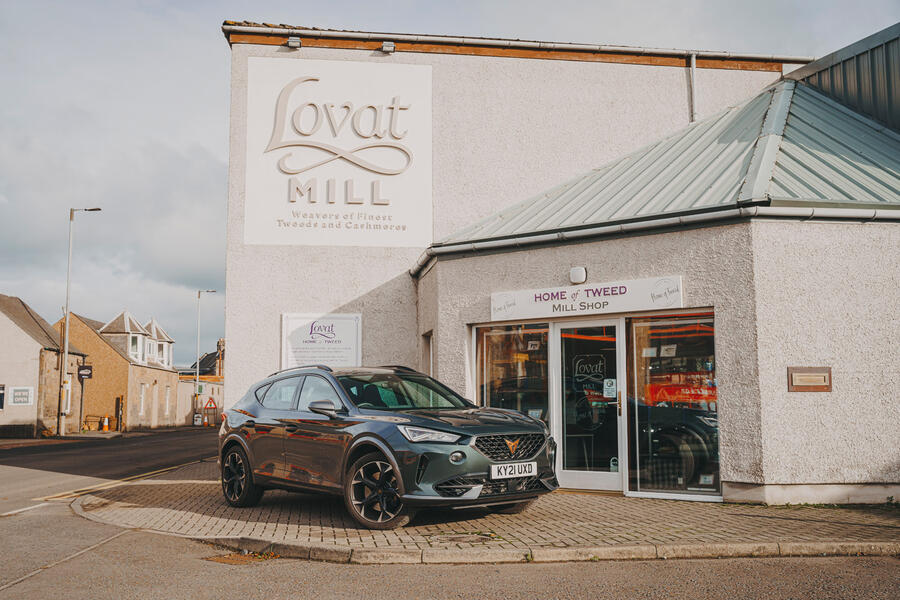
Unique yarns are developed by the mill, often using Victorian-era recipes that mix diverse shades of dyed wool into a single, complex thread. When magnified, a rich brownish yarn therefore reveals individual fibres of green, blue, ginger, black and more. Yarns are then combined by metronomic twisting and winding machines, sometimes adding the likes of Kevlar or glass threads for performance. The tightness of the twist is key to the final cloth’s behaviour.
After steaming for strength, a giant web of yarns totalling one kilometre in length converges on a machine that produces a striped mat of vertical strands (the warp), which is eventually mated with its horizontal counterpart (the weft) on gnashing, thrashing Dornier looms to create the patterned tweed. Fleming slows one down to show its pair of carbonfibre rapiers methodically passing each individual weft yarn through the warp. At full speed, this happens eight times each second, yet it’s five hours before a full 65-metre piece is ready.
Imperfections are hand-mended before the fabric is sent for finishing, each tweed comprising a head- spinning orchestration of variables: natural, artistic, scientific and geometric. Think of that if you’re fortunate enough to pick from Mulliner’s selection of tweeds.
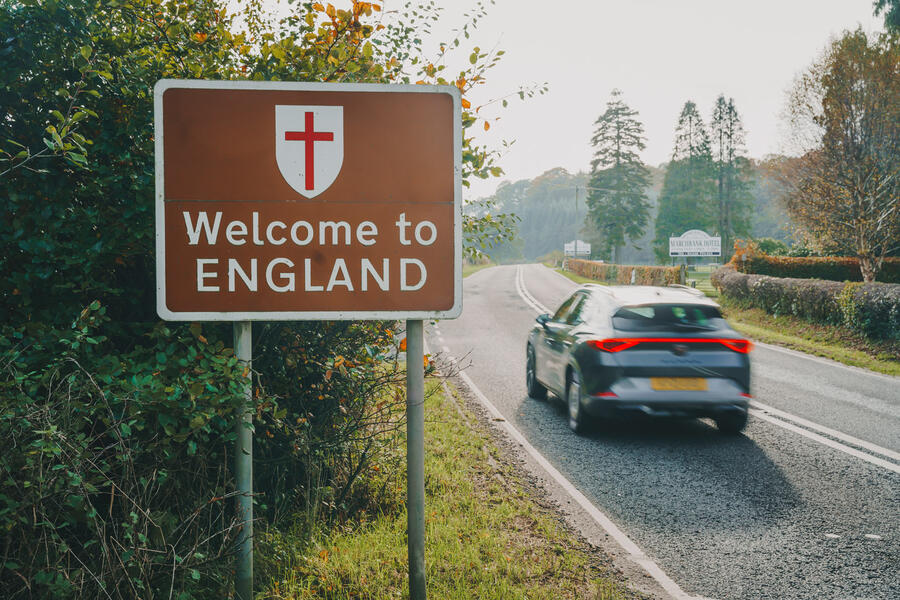
We peel south down the scenic A7, whose broad but weaving 30-mile stretch to the English border is the kind of road where the Formentor shines. Here, the drive modes are best customised with the engine/transmission in Cupra mode, four-wheel drive in Sport and the adaptive dampers, steering and engine sound (both virtual and actual) all in Comfort. Thus, traction is robust, the variable-rate steering at its most natural, the handling tidy, the ride settled and noises limited to an inoffensive, restrained growl.
It pulls strongly from 2000rpm right to the 6500rpm redline, and lag is more than manageable. The DSG is mostly obliging in auto, dishing out rapid shifts up and down, and paddle response is equally smart.
More motorway, then a helter-skelter dual-carriageway through the South Lakes leads us to Ulverston, home of Cumbria Crystal. Boss Chris Blade spirits us straight into the searing, bustling workshop and back two millennia to a process barely changed since the Romans landed. It’s hands-on, start to finish.
Crucibles inside a pair of furnaces glowing at 1240deg C hold molten crystal from a special recipe of sand (70%) and lead oxide (30%). Incandescent gobs of liquid glass are wielded by blowers who take a full 15 years to train. I can see why: in choreographed pairs, they move between stations, turning, shaping, cutting, cooling, warming, moulding and blowing the glass, from luminous orange to amber to clear.
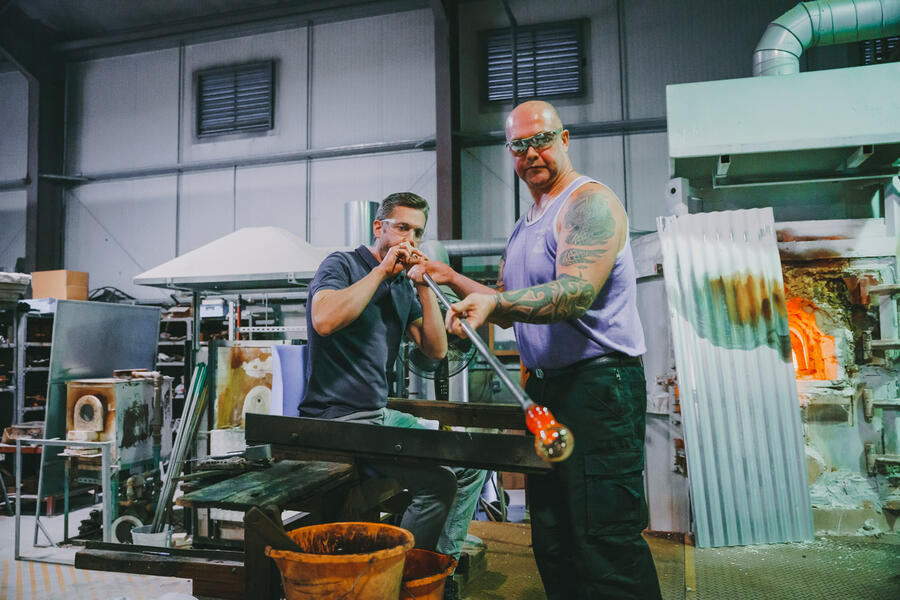
I have a go: my puff of air labours down the pipe and plops into the superheated ball to become encased in a Christmas bauble for all eternity. Left in the open it would shatter, so it’s into a kiln to cool overnight. Intricate patterns are inked onto pieces that are then hand-cut with incredible precision on lathes using diamond and sandstone wheels. Acid-dipping and hand-polishing complete the process, which can take 12 days for a single goblet. We admire the outlandish, footless champagne flutes designed in-house for the Bentayga Mulliner. The lead crystal’s high refractive index and the sharpness of the cuts give them a radiant sparkle that can’t be achieved any other way.
The relationship with Bentley is collaborative: Cumbria Crystal’s whisky tumblers for the Continental GT inf luenced the design of the car’s light clusters, while it designed and manufactured the illuminated sculptural crystal AI interface on 2019’s EXP 100 GT concept.
We retrace our steps to the motorway then point towards Crewe ahead of the next morning’s visit to our final supplier, Nantwich Veneers. It’s a family business that’s gone from a standing start in 2000 to making two deliveries each day to nearby Bentley, production director Steve Baddeley tells us.
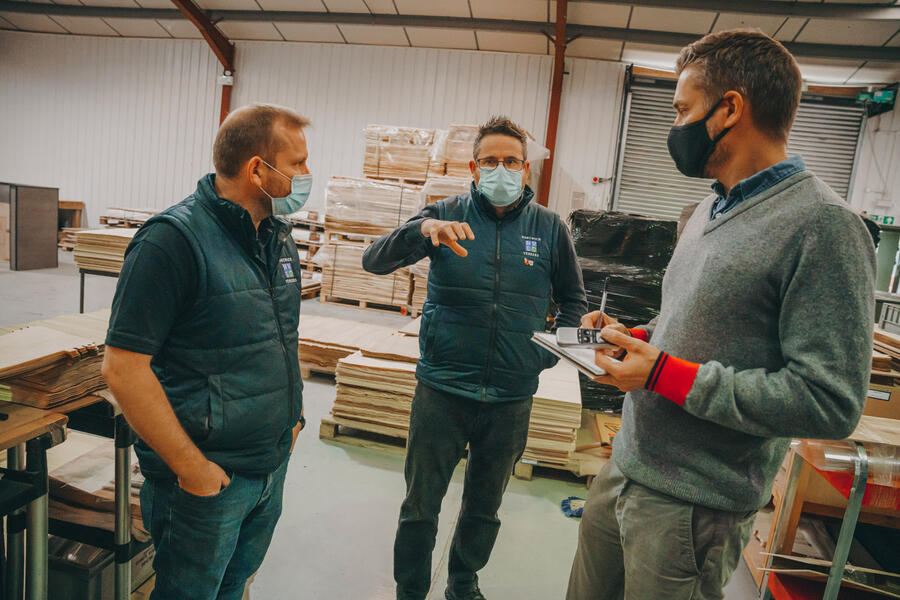
We see delicate, sandpaper-dry 0.55mm sheets of bone-coloured American tulipwood pressed with heat and moisture before an automated cutter slices them 10 at a time into the shape of Continental GT fascia, the pinprick laser leaving the scantiest singed edges in its wake.Using alternating grain directions for strength, the veneers are interleaved with man-made layers and packed up for assembly at Bentley. There is just 0.05mm of tolerance in each slice. Baddeley then reveals that the GT’s owner won’t even see this timber club sandwich: it sits behind a face veneer and is there purely to add integrity and tactile solidity.
It’s those decorative face veneers that fill the company’s other building – 130 species of diverse hues, some stained or smoked, lying in huge stacks like giant raw lasagne. Among them, oak, yew, maple, sapele and of course walnut, which it supplies to Bentley. The prized, marbly burr is actually a natural defect: a bulbous growth containing thousands of dormant buds, often caused by a fungus. Which is something I did not know yesterday. And the hologram- like effect as grain catches the light is called ‘figuring’. Baddeley says cutting open a burr is “like discovering a jewel”.
The face veneers are cut, sanded, finished and fitted at Bentley – including at its Mulliner division, where we end our journey. Although dwarfed by the main plant, Mulliner’s gleaming, white- walled workshops are nevertheless cavernous. Its offerings range from special-order trim – such as two-tone veneers – to fully bespoke specifications of Continental GT, Flying Spur and Bentayga under the ‘Collections’ banner.
We see Nantwich Veneers’ tulipwood compressed between walnut facing and aluminium substrate, while cars bound for balmy shores wear all manner of shades and sheens. Clients can now choose from such exoticisms as tactile wood inserts carved into a three-dimensional diamond pattern, or stone sliced so thinly it can be heat-formed into shape.
Mulliner launched its ‘Coachbuilt’ sub-brand with 2020’s Bacalar barchetta, and the final prototype is here – complete with cabin inserts and luggage using grey tweed from Lovat Mill. It’s satisfying to think each marled strand began its life being hurled across those Dornier looms before ending up in this £1.5 million boulevardier.
Completing Mulliner’s triumvirate is the ‘Classic’ operation, currently turning out the continuation Blowers that use Henry Birkin’s ‘Team Car’ in 1930 Le Mans specification as their benchmark. In the trim shop, Bridge of Weir leather for four of the 12 examples sits beside a pair of naked wooden seat frames and the roll of horsehair that will fill them.
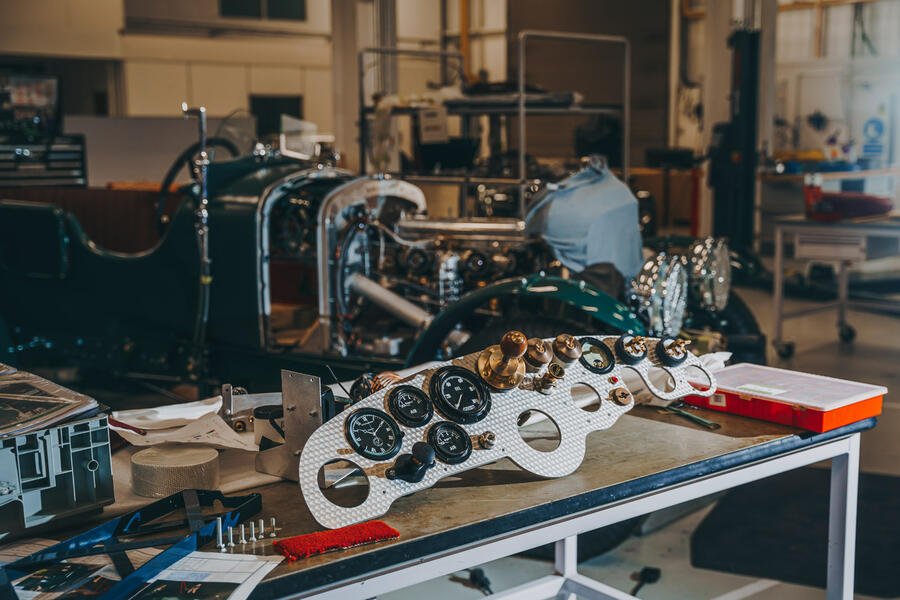
Through to the assembly area where one of the 4398cc fourcylinder engines awaits mating to its substantial, hot-riveted steel chassis, while the eponymous Roots-type supercharger hangs conspicuously outboard on other, more advanced builds.
Aluminium panels for the Vanden Plas-style coachwork have been worked neatly into their ash frames, with a Rexine leatherette wrap to follow. There are even pieces of hessian trim, for goodness’ sake. The only modern ‘improvements’ are the cooling, battery and fuelling mods needed for historic racing homologation, and buyers can choose hidden charging ports. Otherwise, Birkin would be unfazed, if not fooled.
We needn’t imagine the real thing, though, as the Team Car is wheeled out for us – having been disassembled, scrutinised for the continuation project and rebuilt. It reeks of Bentley lore, right down to the Parisian billiards scorer pinched as a lap counter for Le Mans. But it’s not just old Bentleys that have stories. As our journey has shown, there are tales behind the new ones, too.
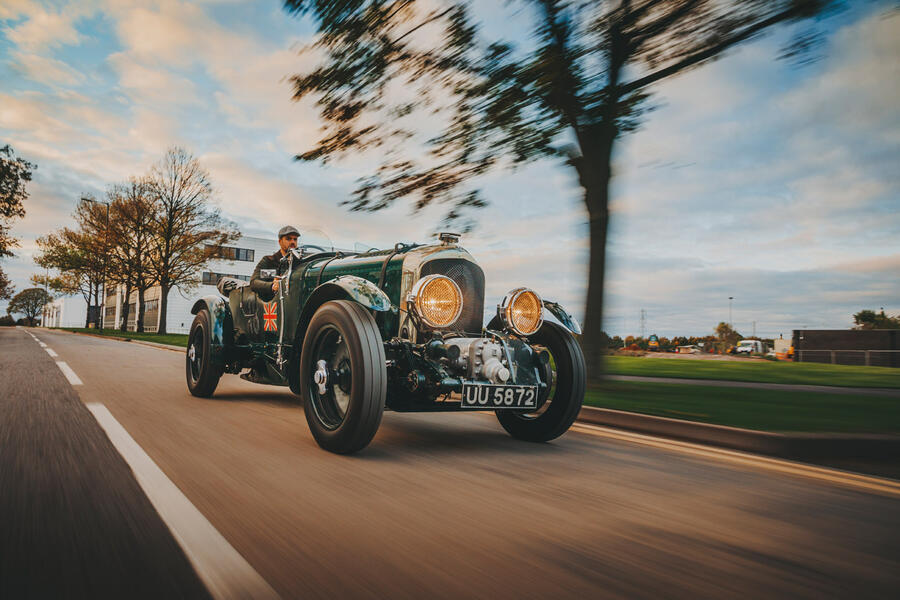
Our route
Our 400-mile route started and finished with motorway slogs through central Scotland and the North West, but a 90-mile spur in the middle provided entertainment with sprints from Moffat to Hawick to Carlisle, the A708 past St Mary’s Loch and through the wild Yarrow Valley being a particular highlight.
The bigger roads weren’t without interest, though. Shap Summit offered a glorious, sunlit vista between the Lakes and the Dales, and we glimpsed handsome, slate-walled Newby Bridge en route to Ulverston.
The Edinburgh connection
Edinburgh’s Dean Village is home to ornate red sandstone mews built in the mid-1800s to house the horses and carriages of local worthies, with grooms (and hay) stowed upstairs. Horseless carriages then took over, and by 1909 one Wilfred Foulis was dealing cars from Berliet, Porthos and Vulcan from here.
The previous year, HJ Mulliner & Co was acquired by John Croall & Sons, a fellow coachbuilder with premises in the shadow of nearby Edinburgh Castle. Like Mulliner, Croall built opulent mail coaches in its early years, including six-horse carriages for Emperor Nicholas I of Russia (portentously painted dark green). Mulliner remained Scots- owned through early dealings with Bentley in the 1920s, when it created more than 240 coachbuilt examples, including what is thought to be Woolf Barnato’s original ‘Blue Train’ Speed Six. Some Mulliners were actually finished in Edinburgh, but the business ultimately followed Bentley into Rolls-Royce ownership in 1959.
Vintage wheels still phut across the Dean Village’s granite setts, with pre-war Morgan three-wheelers, a Ford Model T (Bridge of Weir’s first foray into automotive leather), a 1920 Arrol-Johnston, a Jowett Long Four and a Jaguar XK140 tucked away behind various cart-shed doors. Occasional get-togethers attract others, which form up outside the old Cunningham garage, aptly including a well-raced 1924 Bentley 3 Litre.
Meet the makers
Mulliner turned to more British specialists to help build the Blower continuation cars.
Jones springs, West Midlands Manufacturer of leaf springs since 1947, with an extensive library of British vintage car specifications. It also makes commercial vehicle and locomotive springs.
Vintage car radiator company, Bicester Fabricated several parts including the nickel-silver radiator shell and steel and copper fuel tank. The company has diversified into vintage aircraft, too.
Israel Newton & Sons, Derbyshire Another locomotive supplier, this time specialising in making and restoring boilers, it produced the Blower’s hand-formed steel chassis. Other work includes heritage building projects.
Broad Brand
Cupra is not without its own story. The first road car to bear the name, 1996’s Ibiza GTI Cupra Sport 16v, was born of Seat Sport’s rallying successes and heralded 22 years of performance Seats before Cupra became a stand-alone brand in 2018. But that’s a blink of an eye compared with Bentley’s 102 not out. While there’s no question that Crewe trades on its rich and well-documented history, does a paucity of the same hinder Cupra?
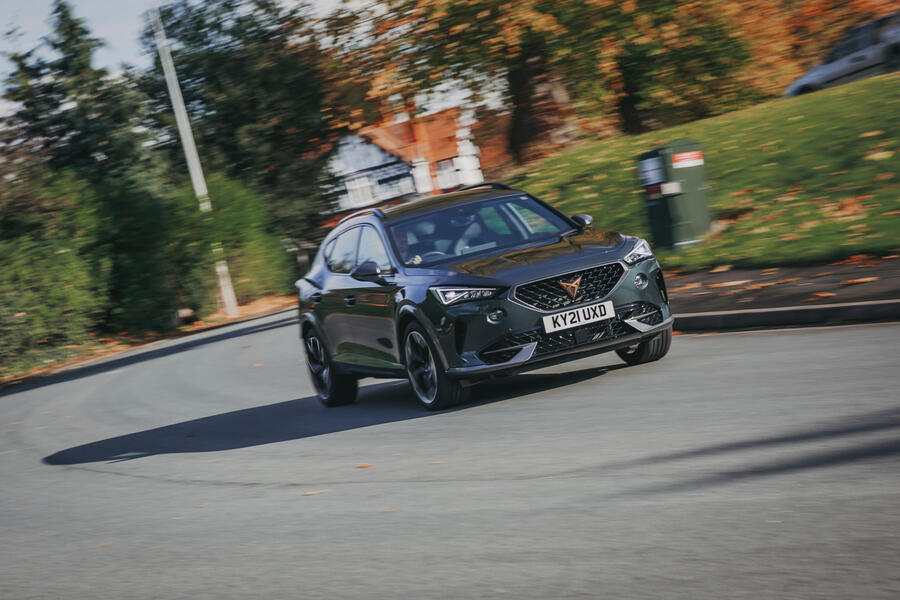
I say not. Its cars – particularly the Cupra-specific Formentor and new Born EV – have a sci-fi-sports motif that looks different enough to set out their own stall in the marketplace, cannily drawing together what is, in fact, a very diverse product range from hatchback to SUV and pure electric to full ICE. It’s certainly no longer a performance-specific line-up – the slowest models barely crack 9.0sec to 62mph – and our Formentor itself straddles genres: a family-friendly crossover that has not only an Off-road mode and hill descent programme but also highly effective launch control and a 155mph top speed.
Whether Cupra’s image will endure or require rebirth – a process not alien to older hands such as Bentley – only time will tell.

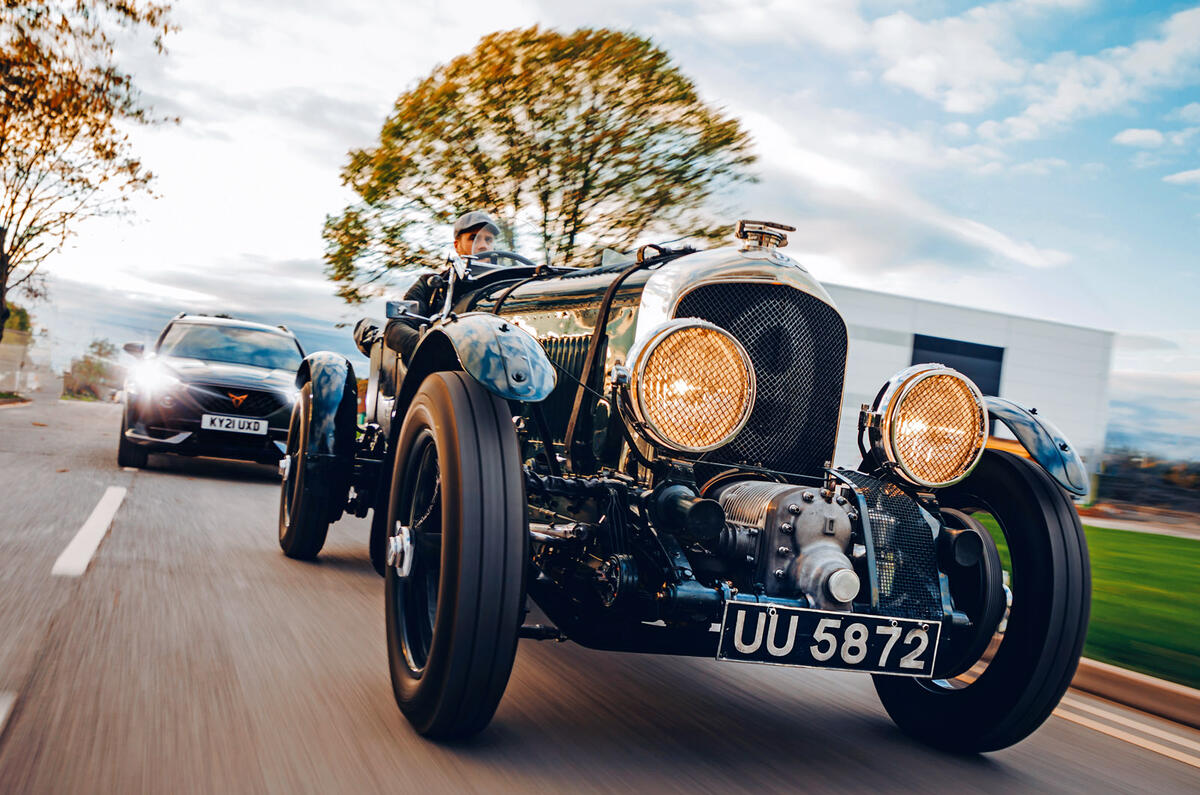
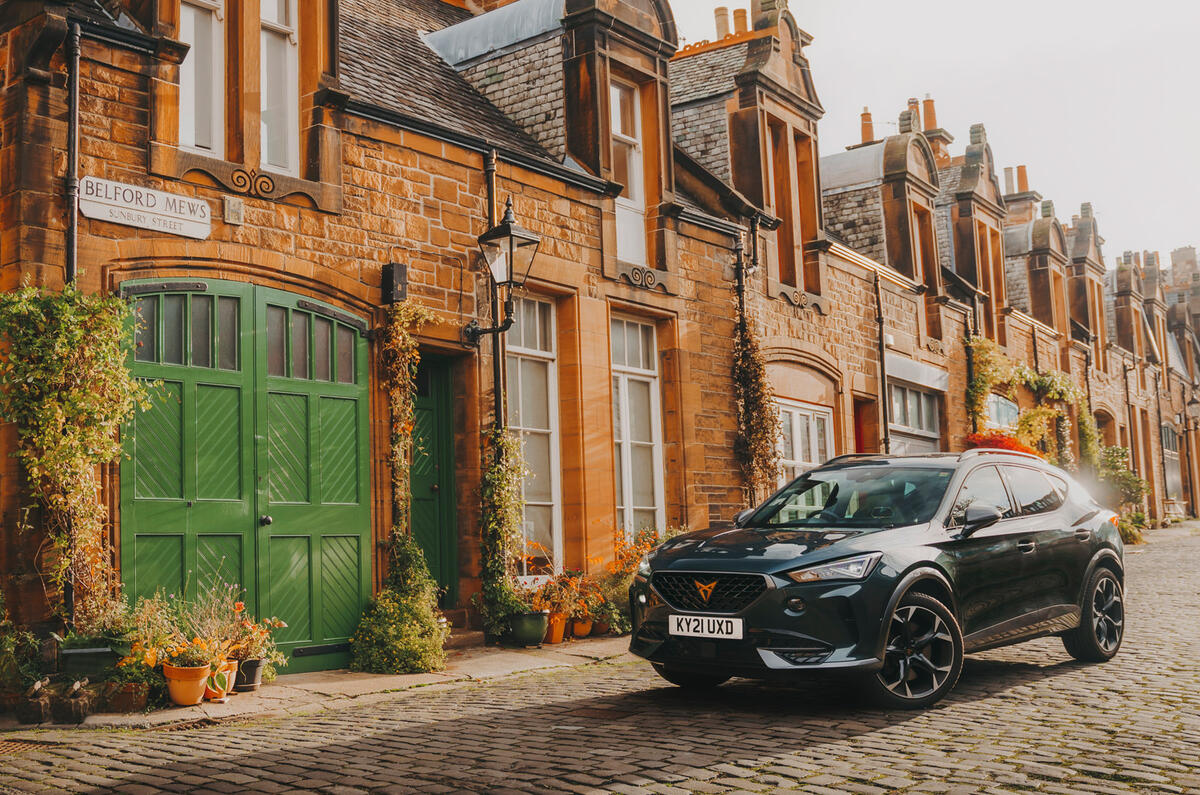
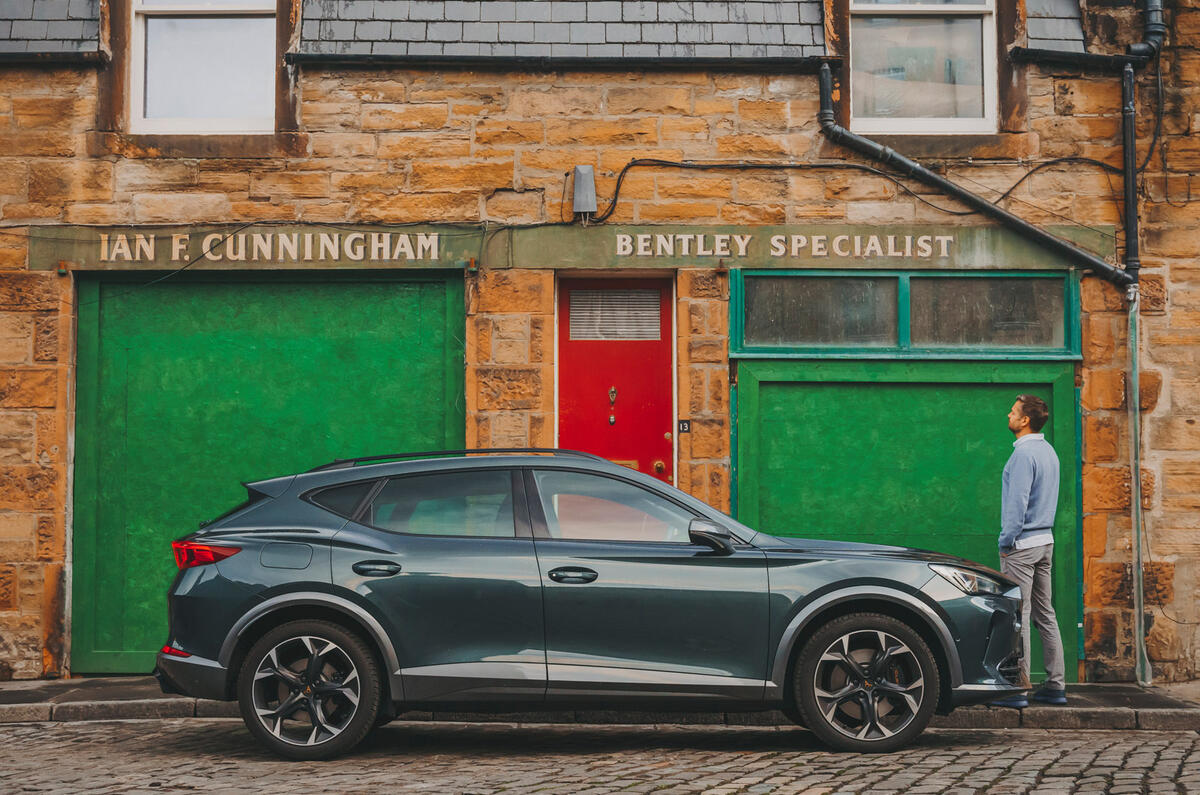
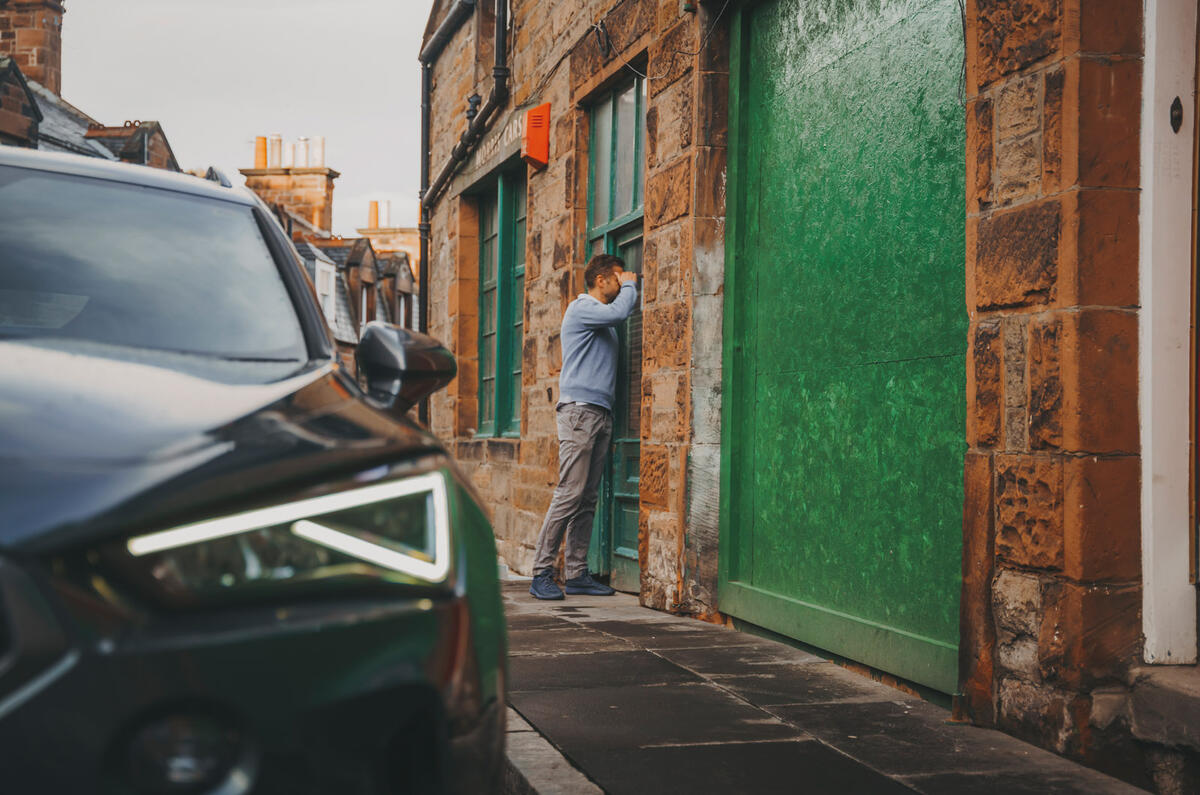
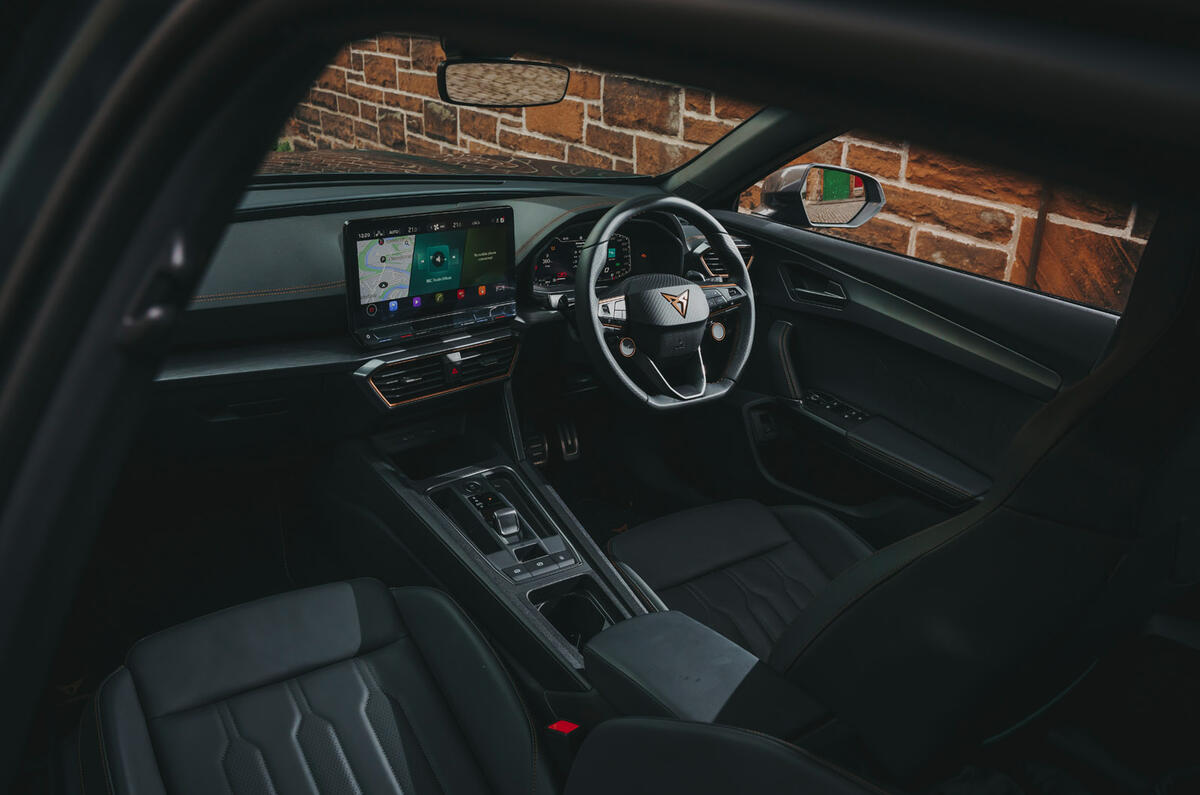
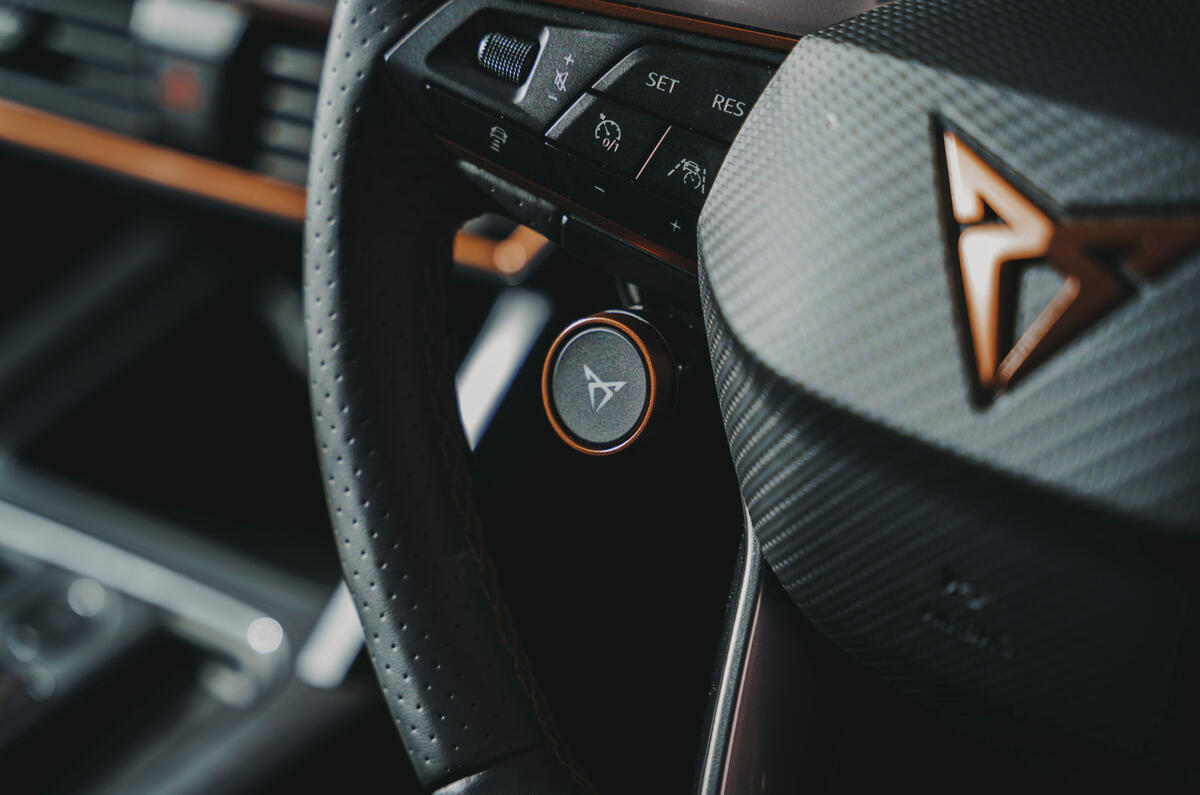



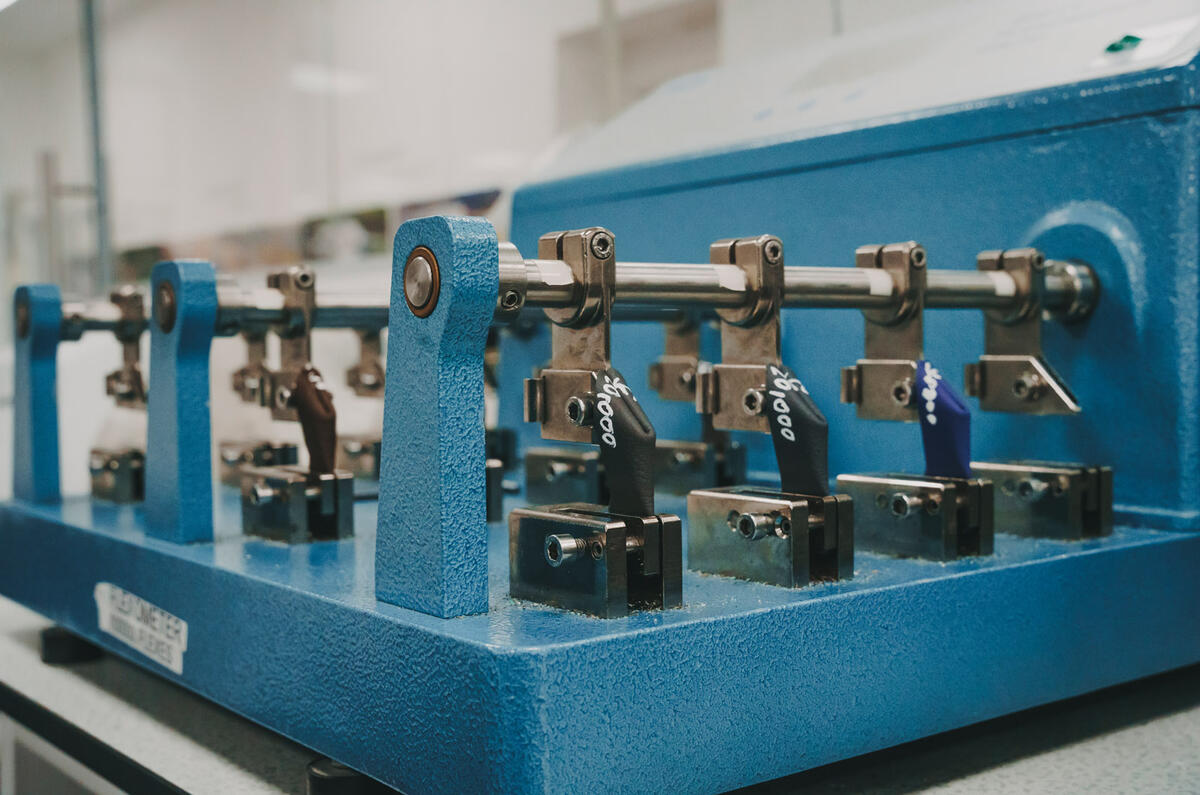
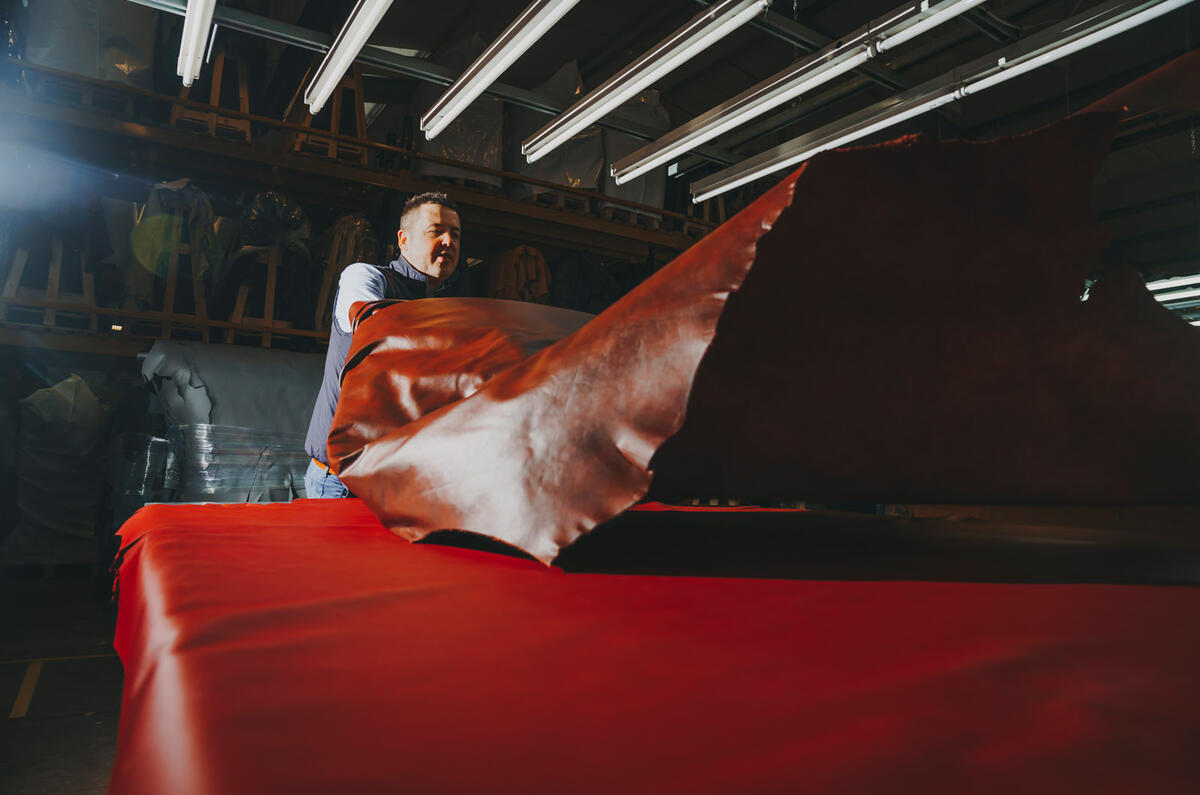

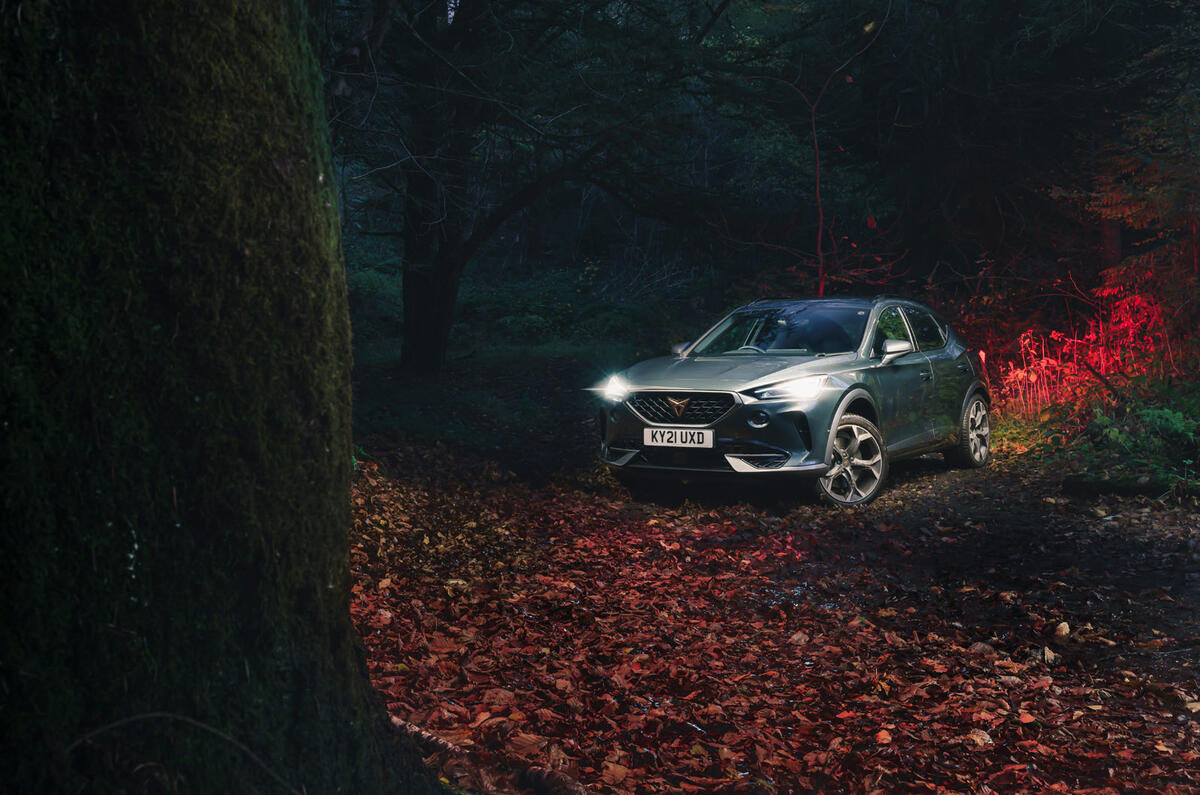
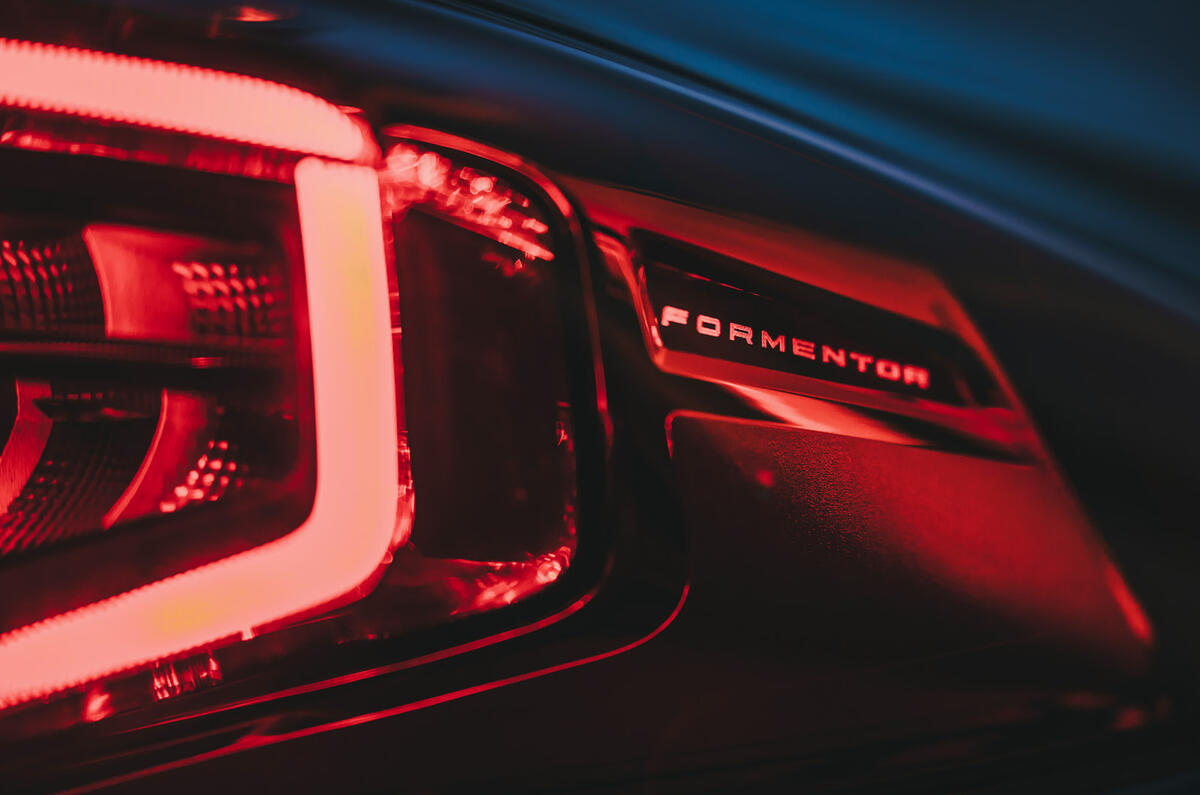
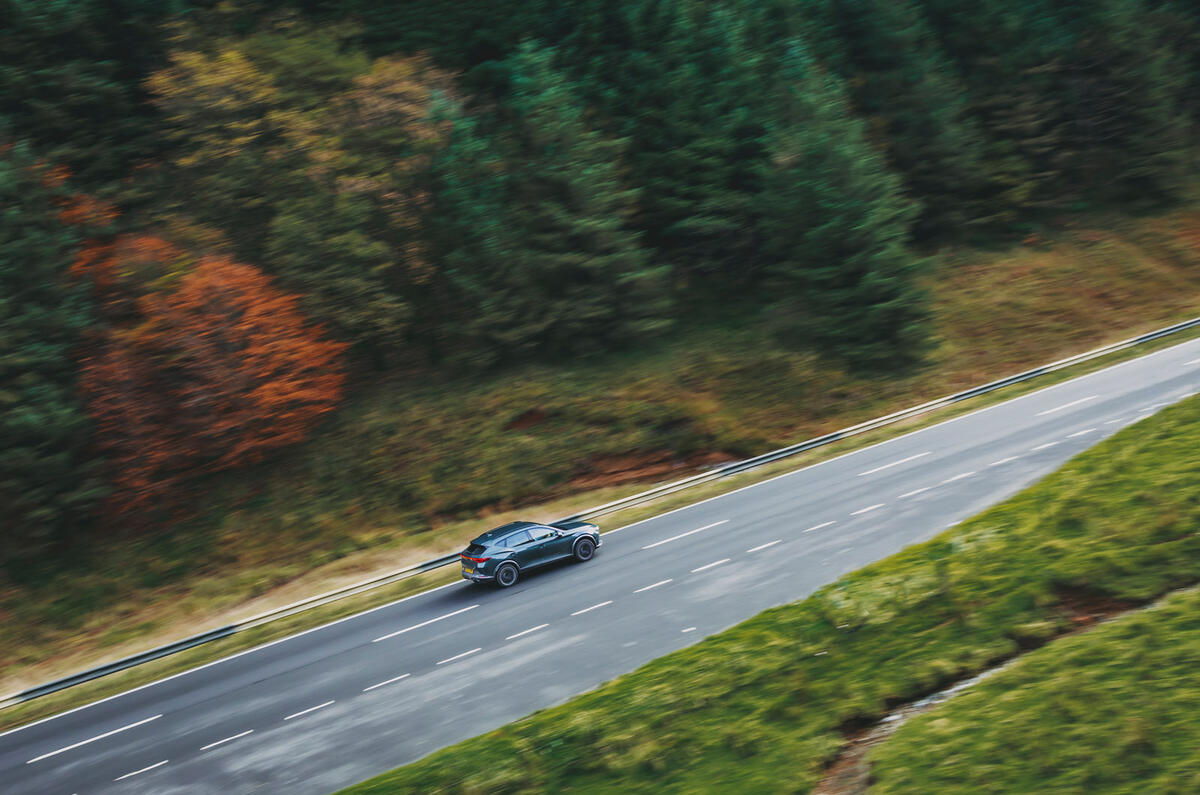

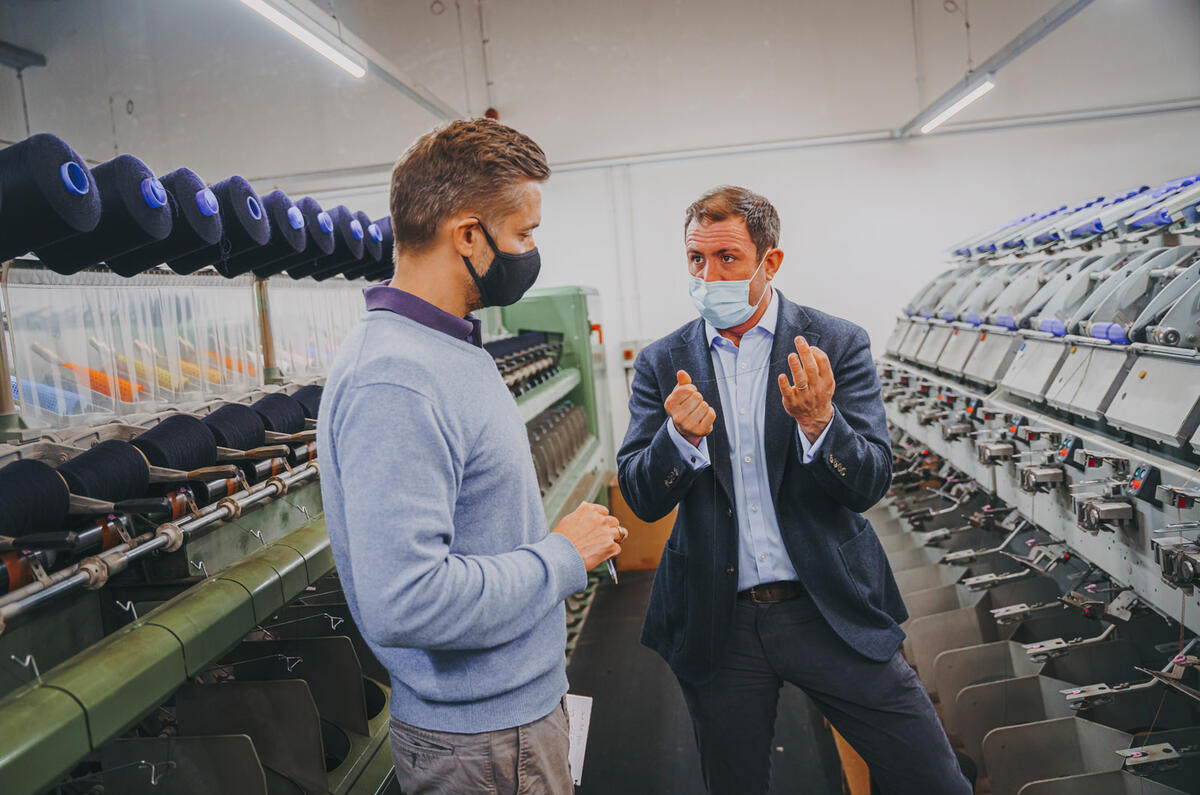
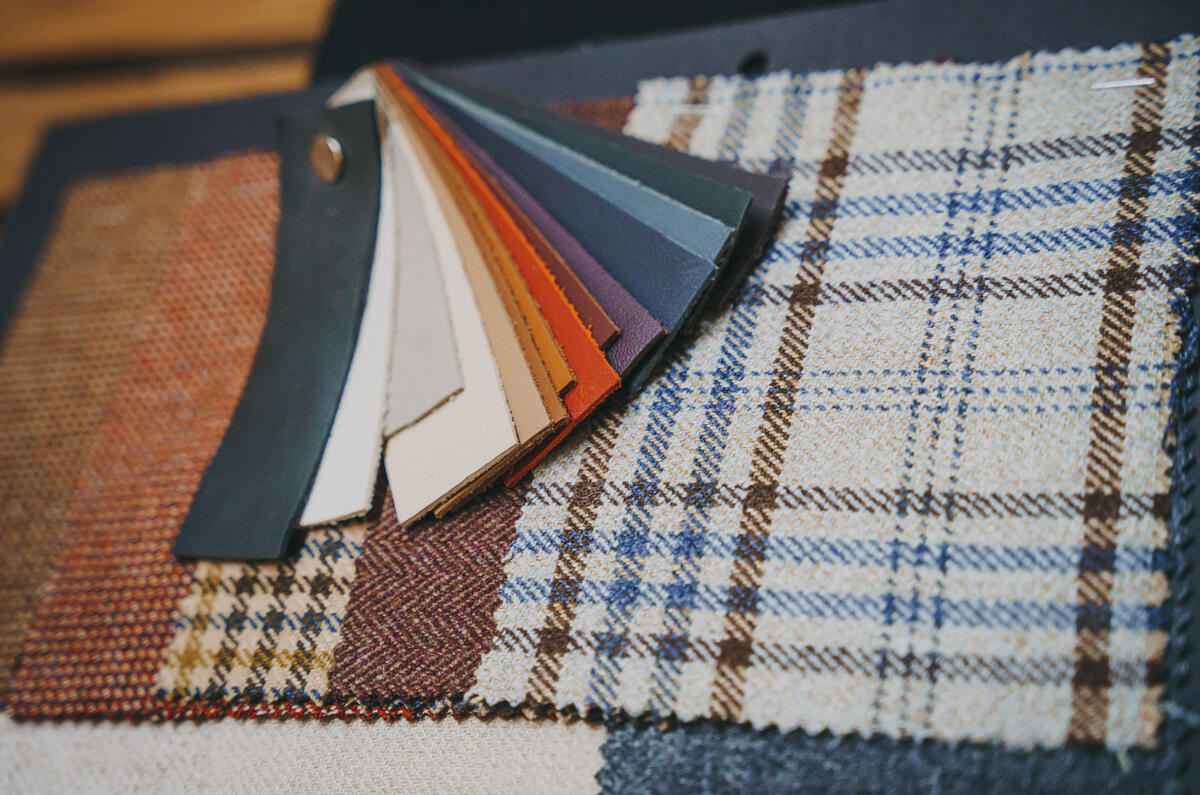
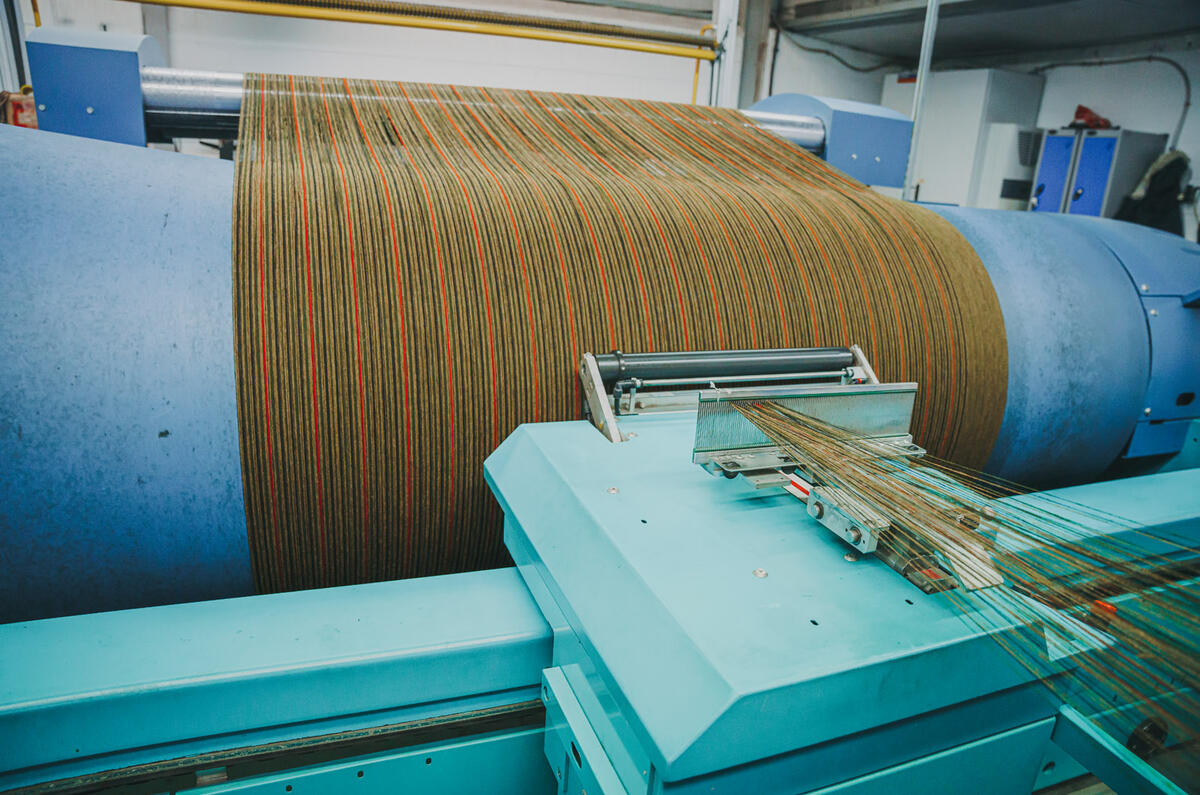
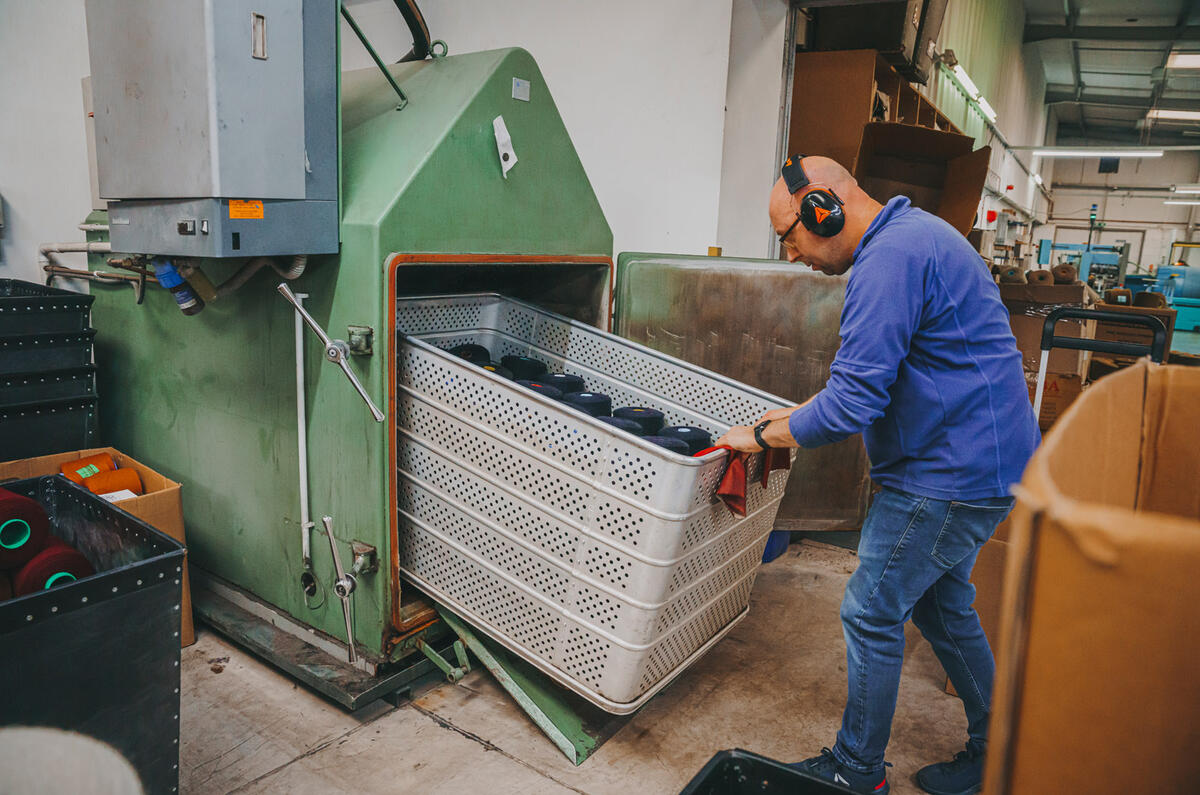
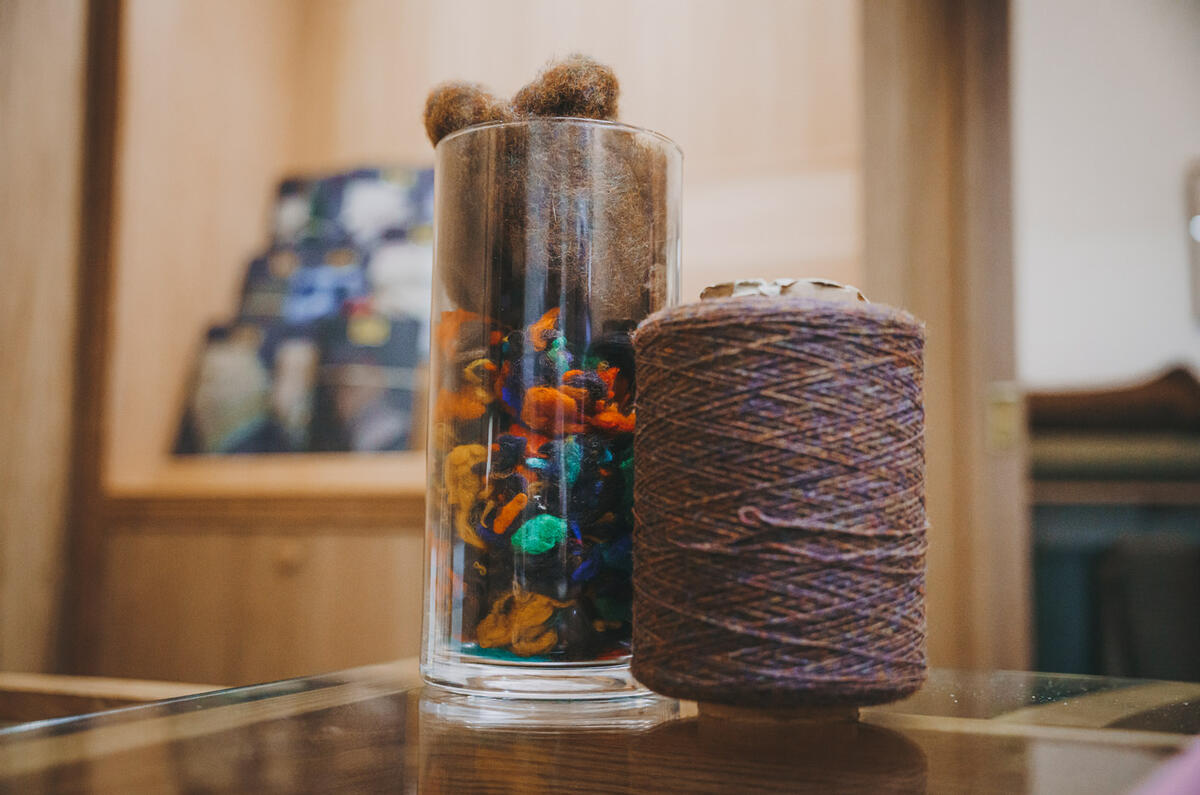
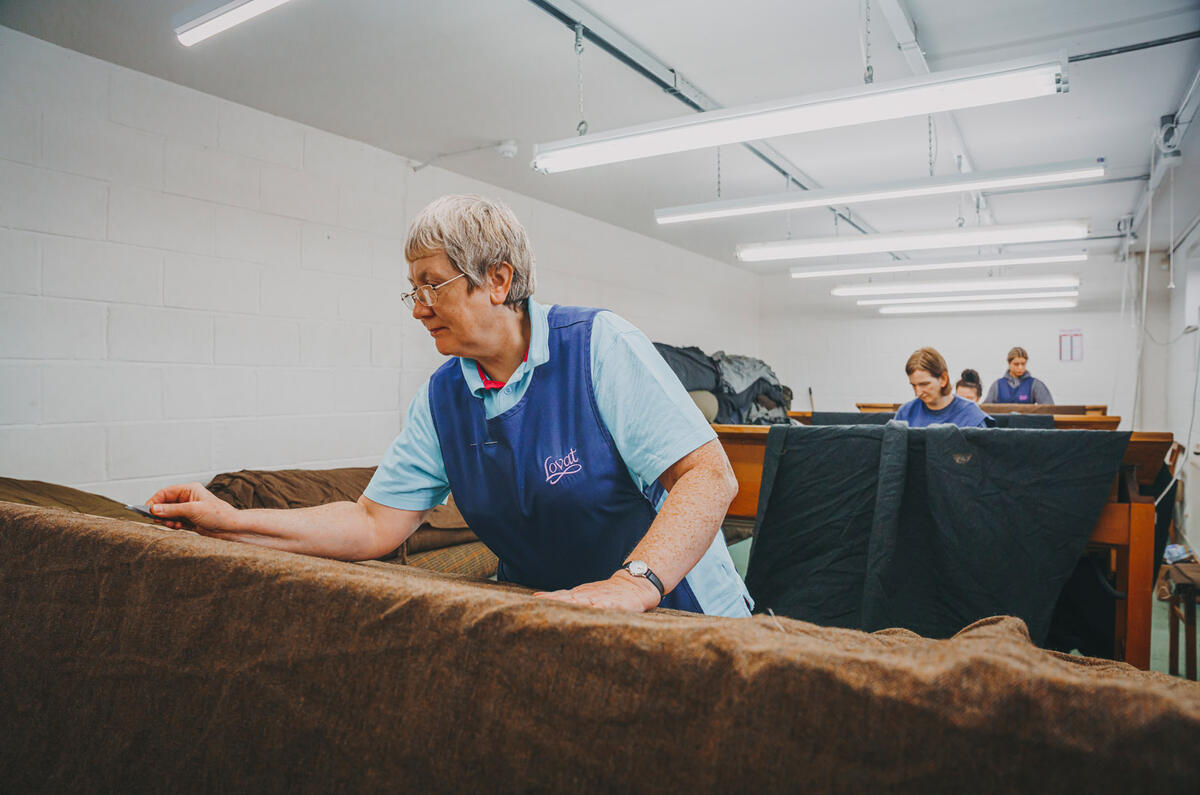

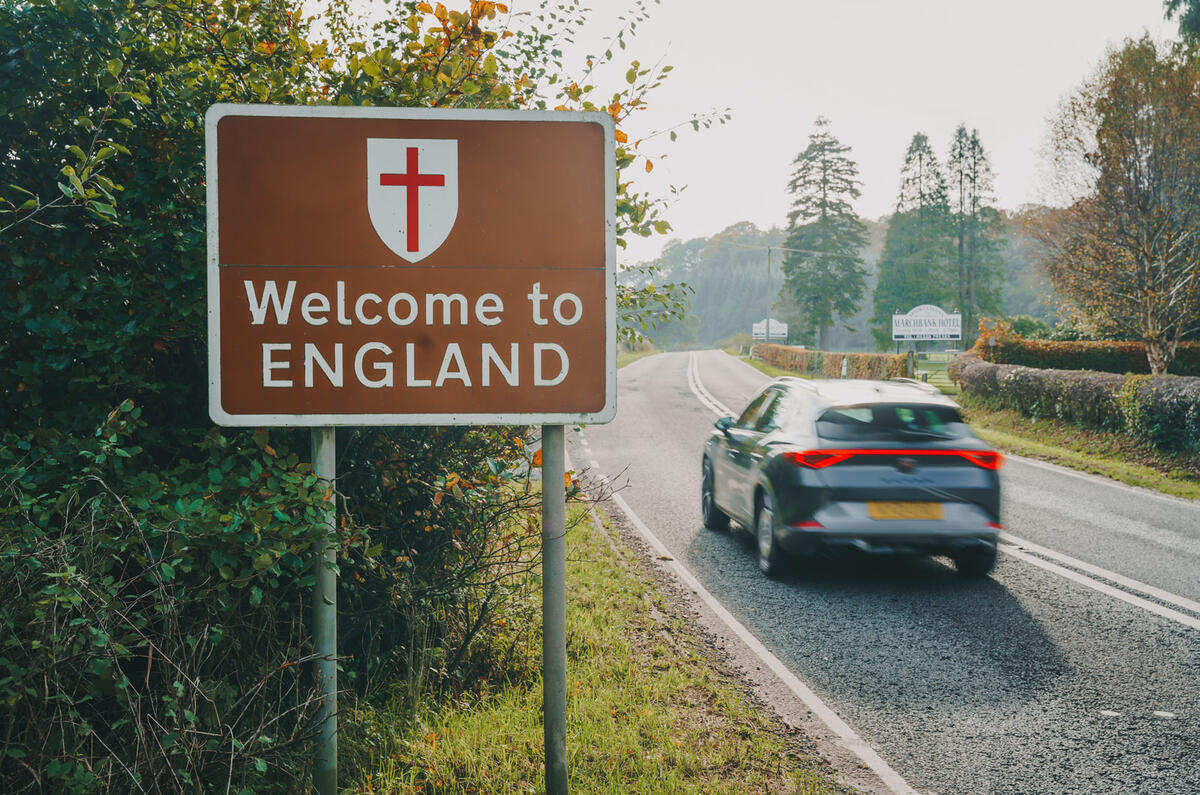

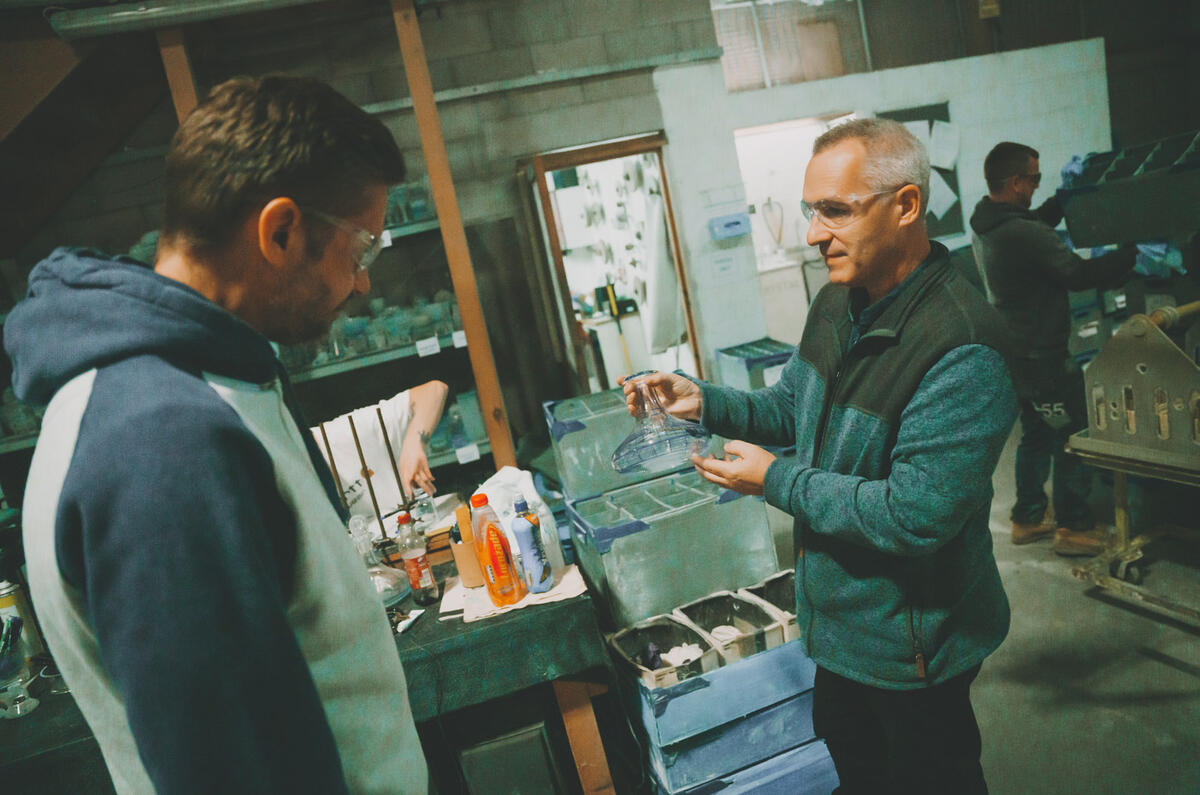
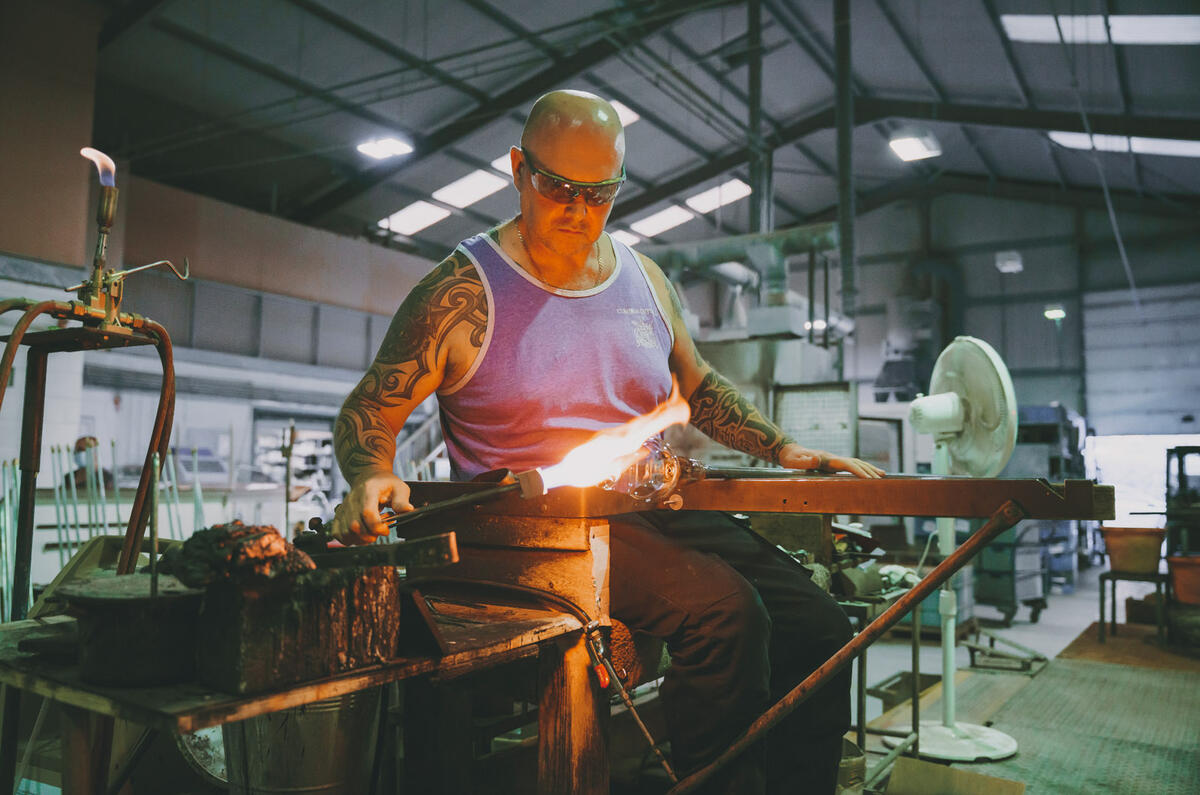
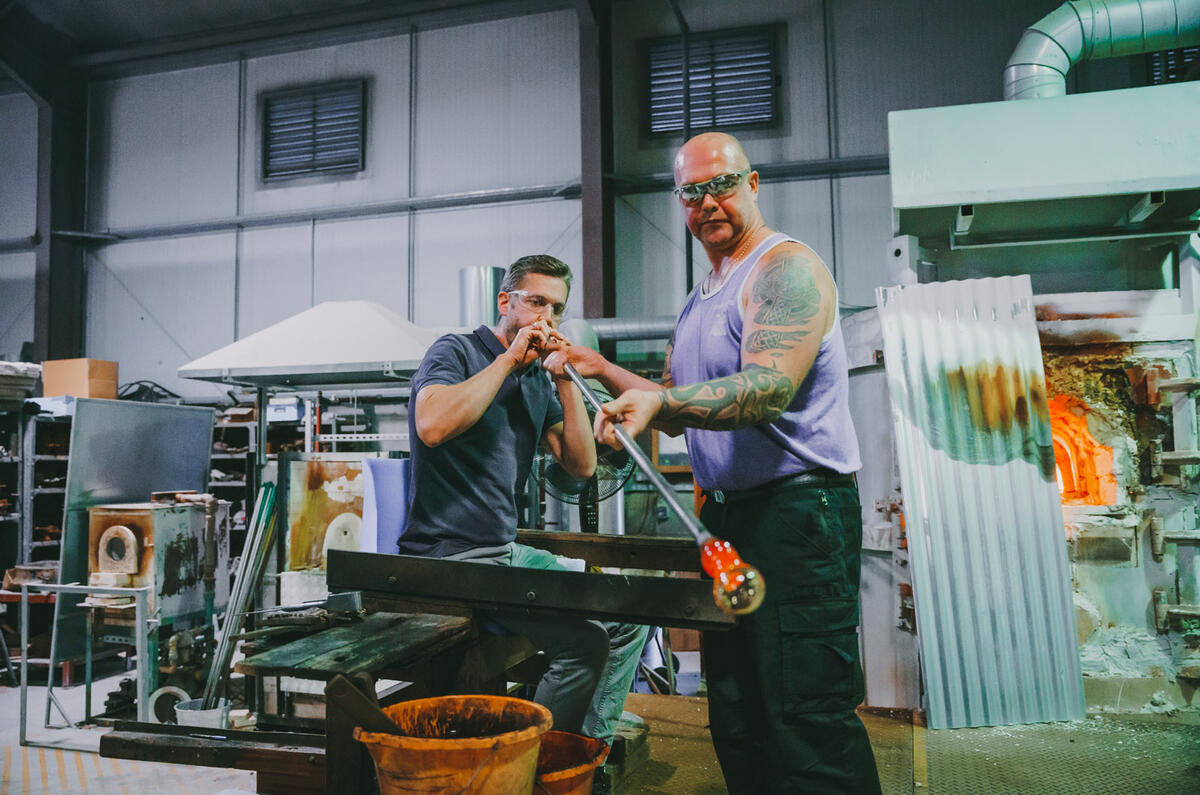
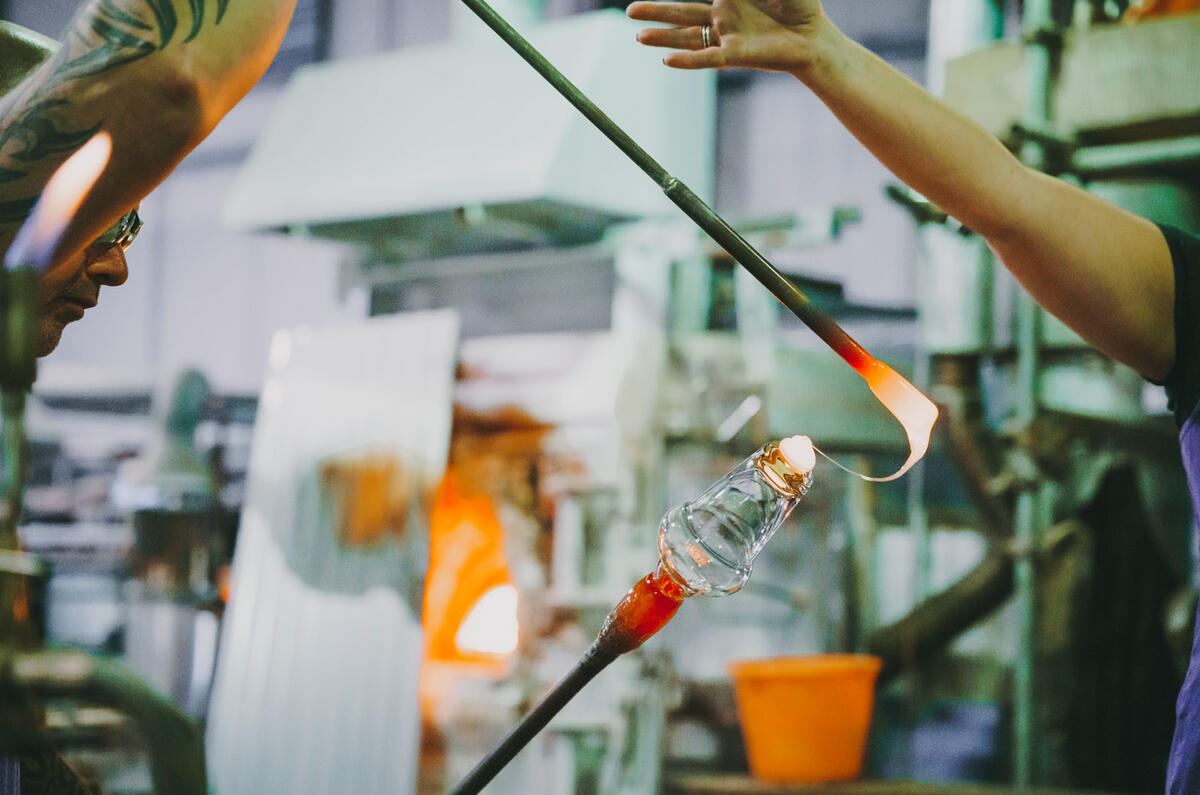
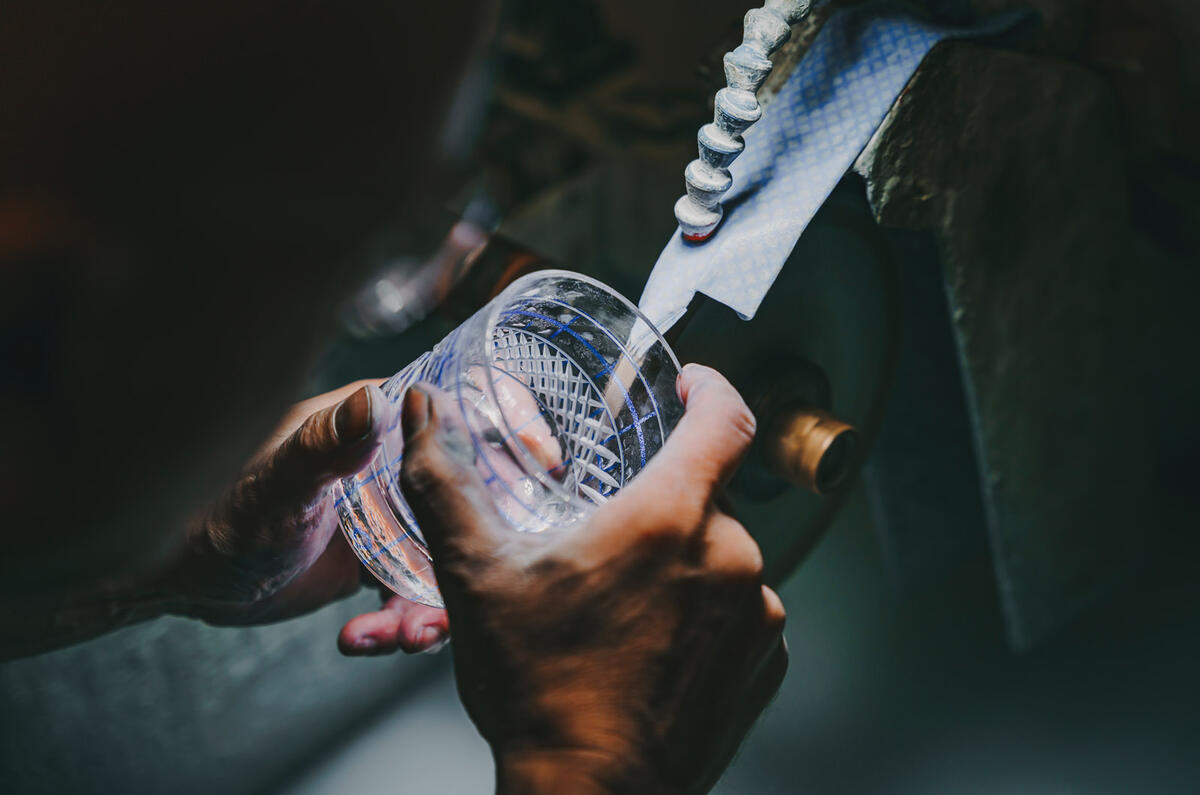
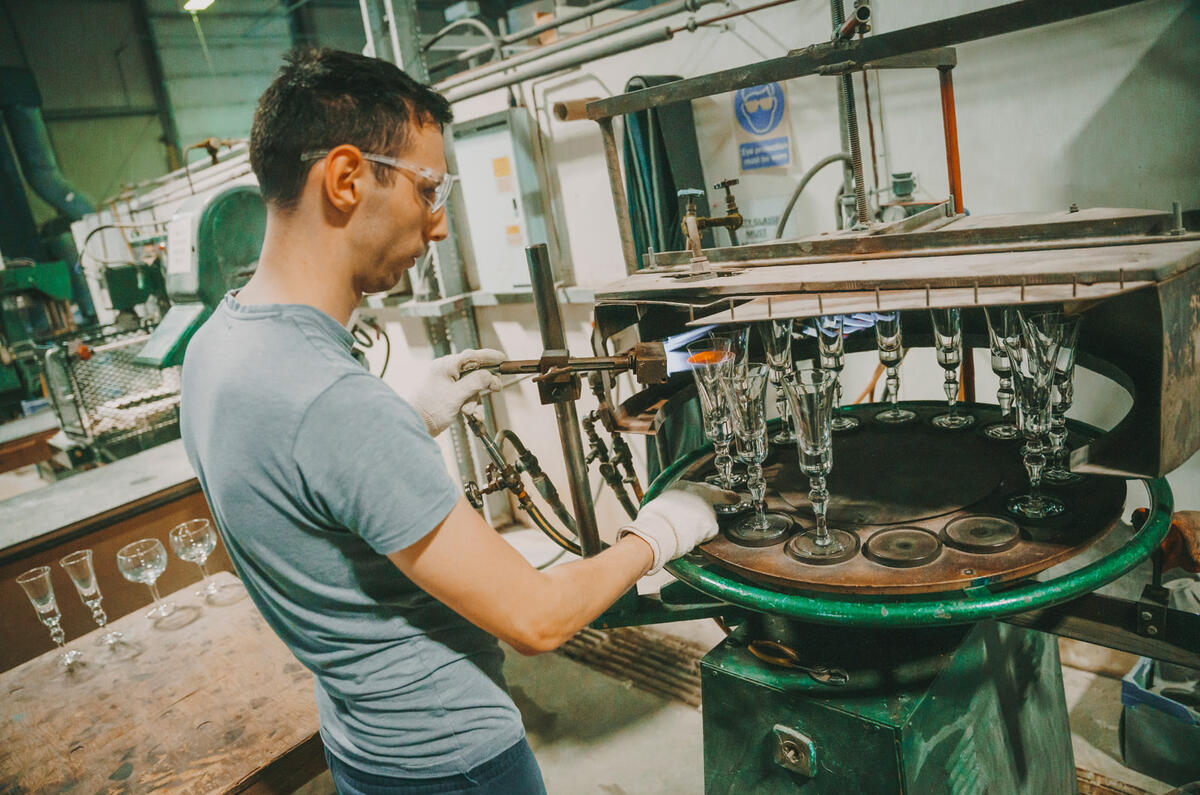
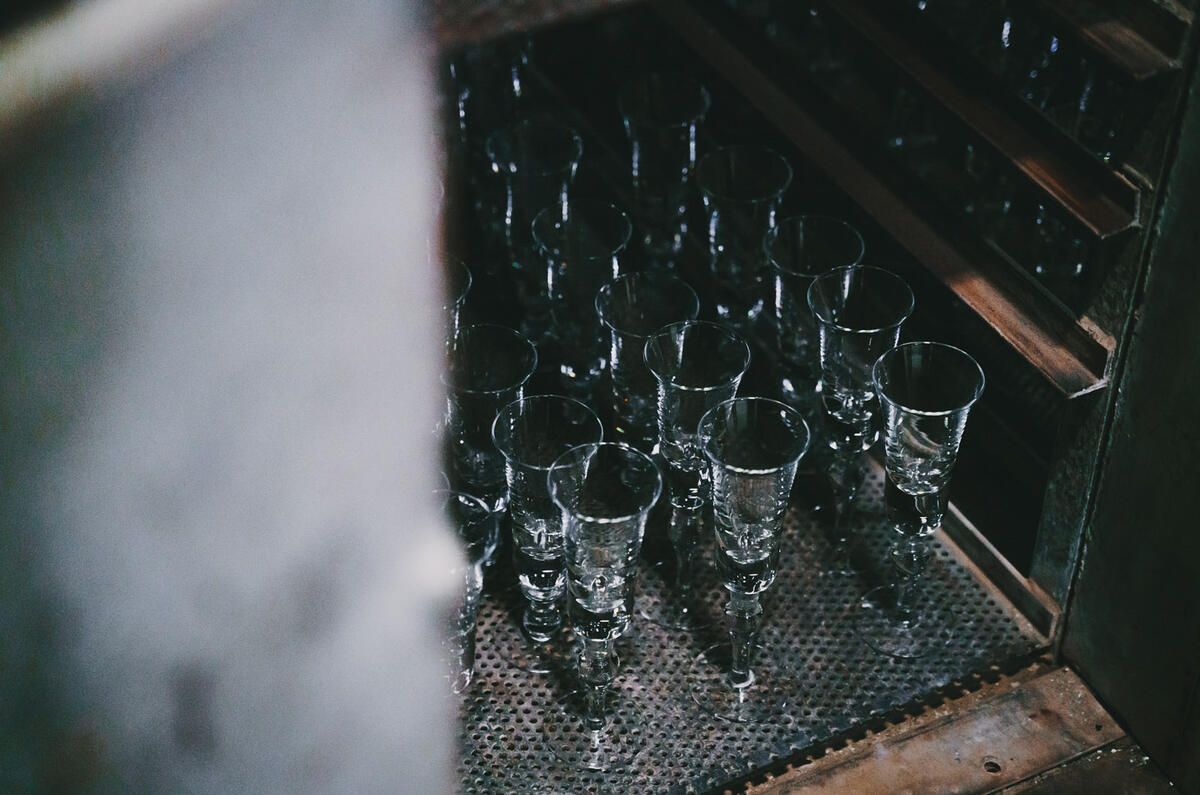
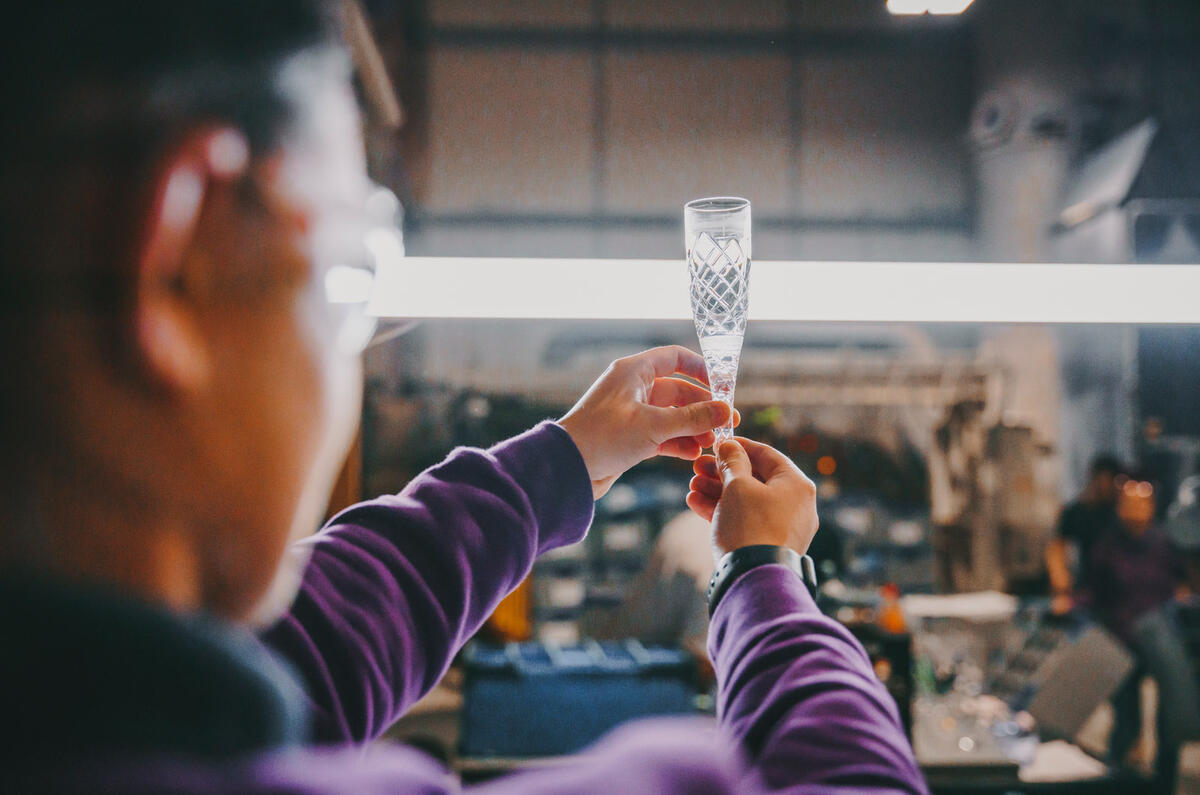
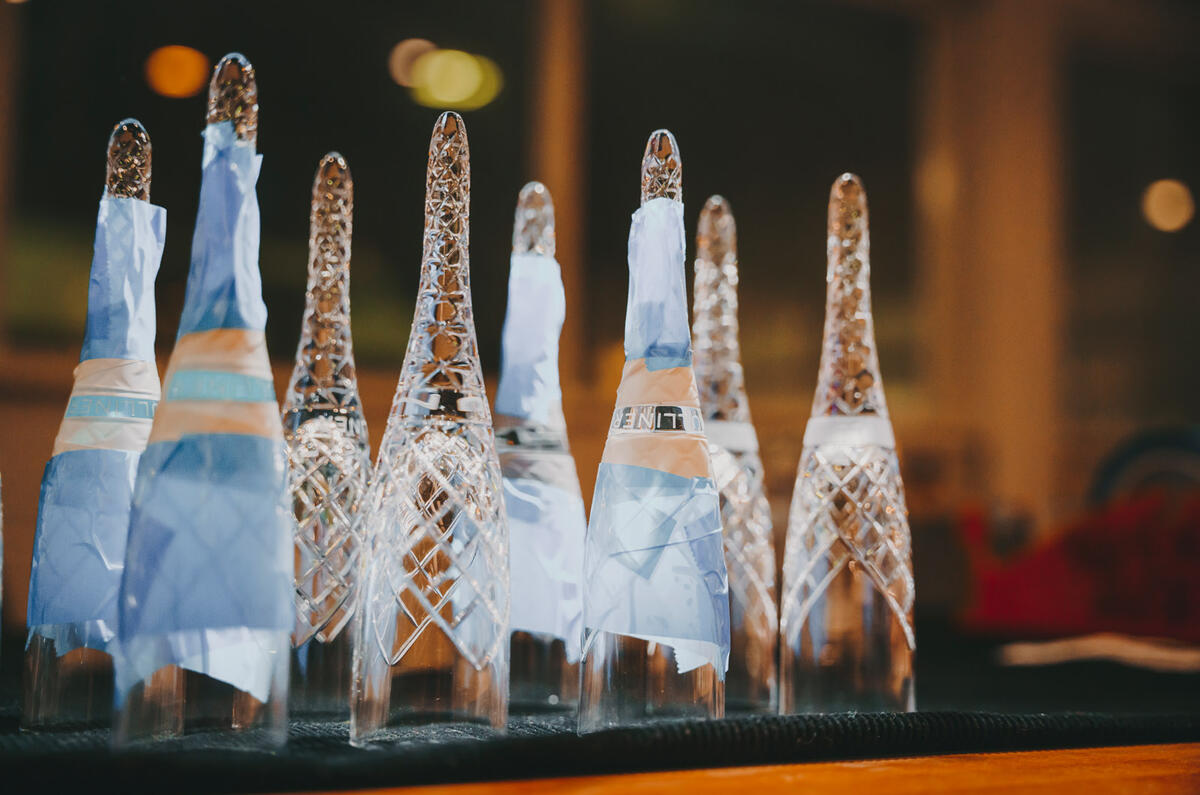
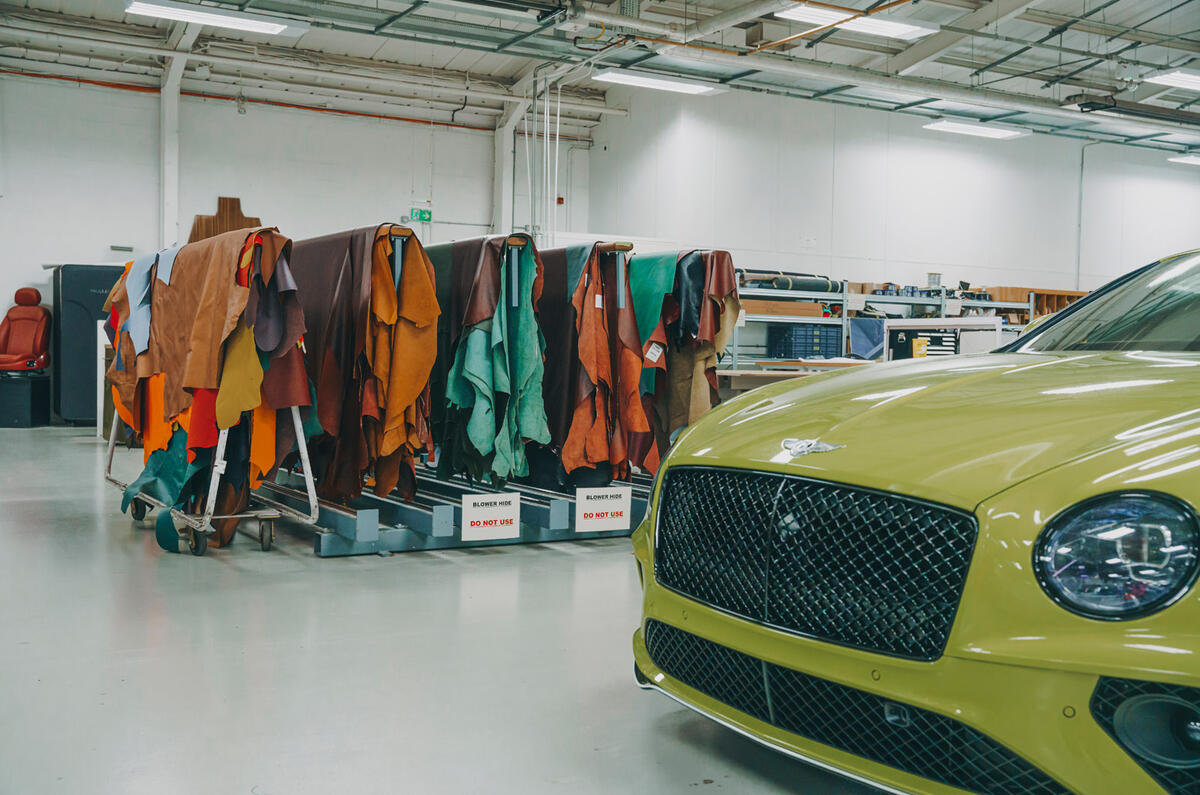
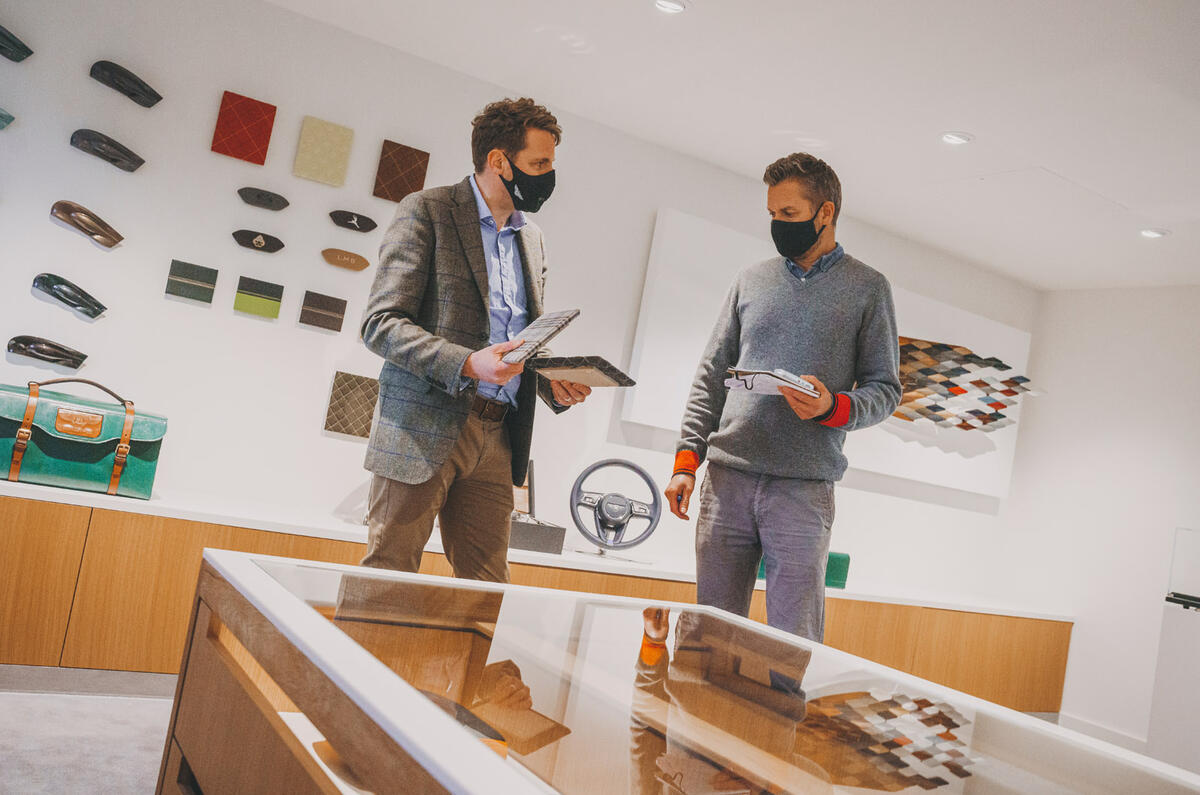
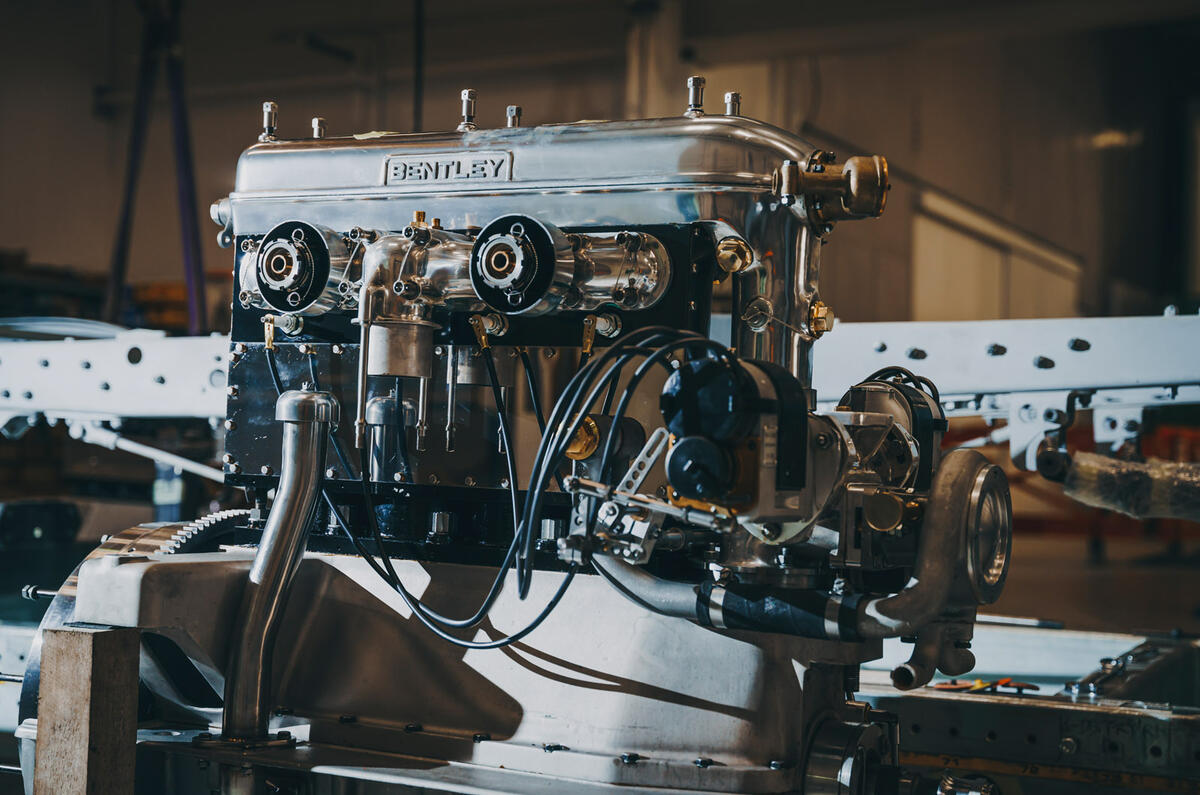
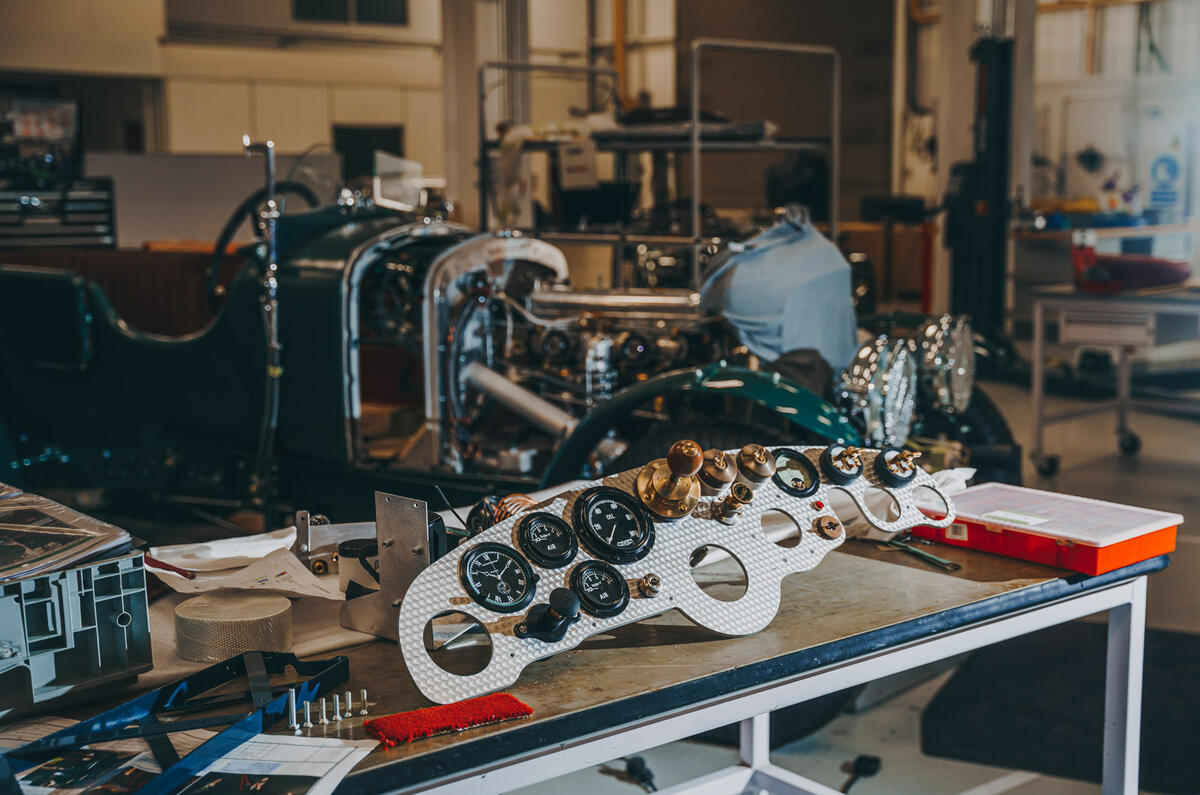
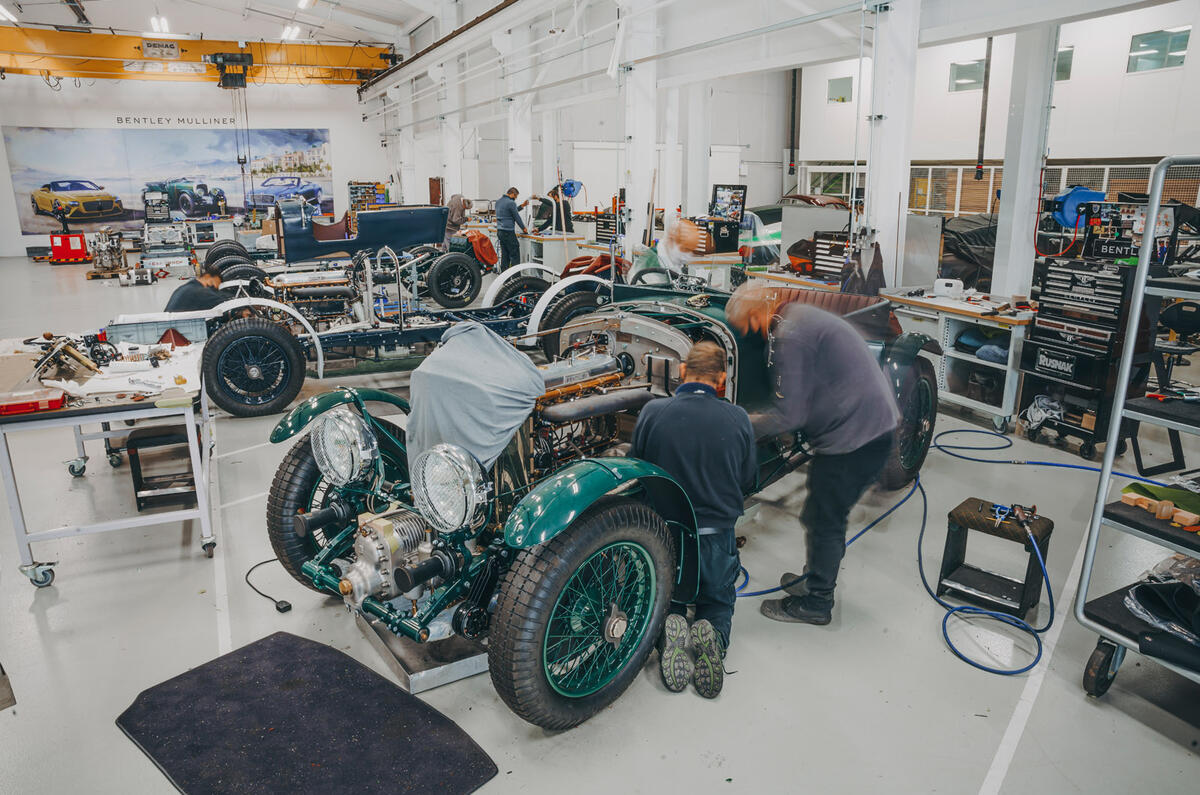
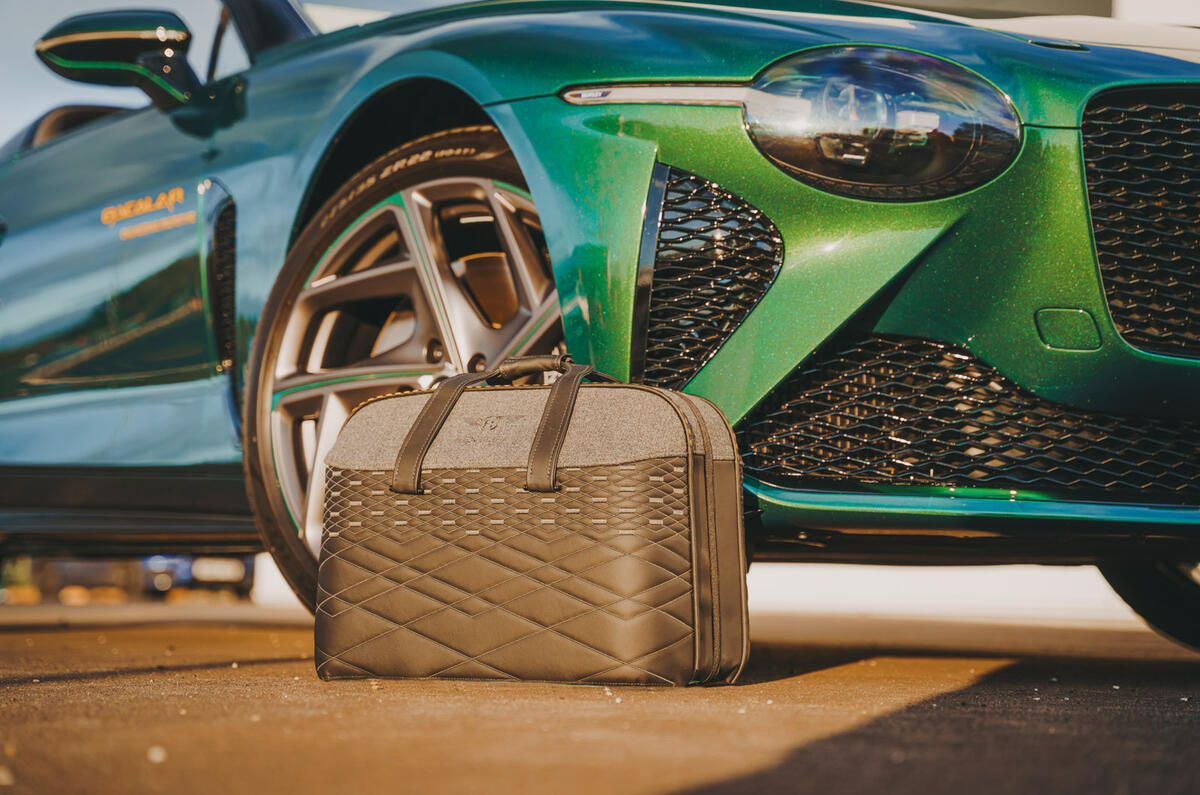
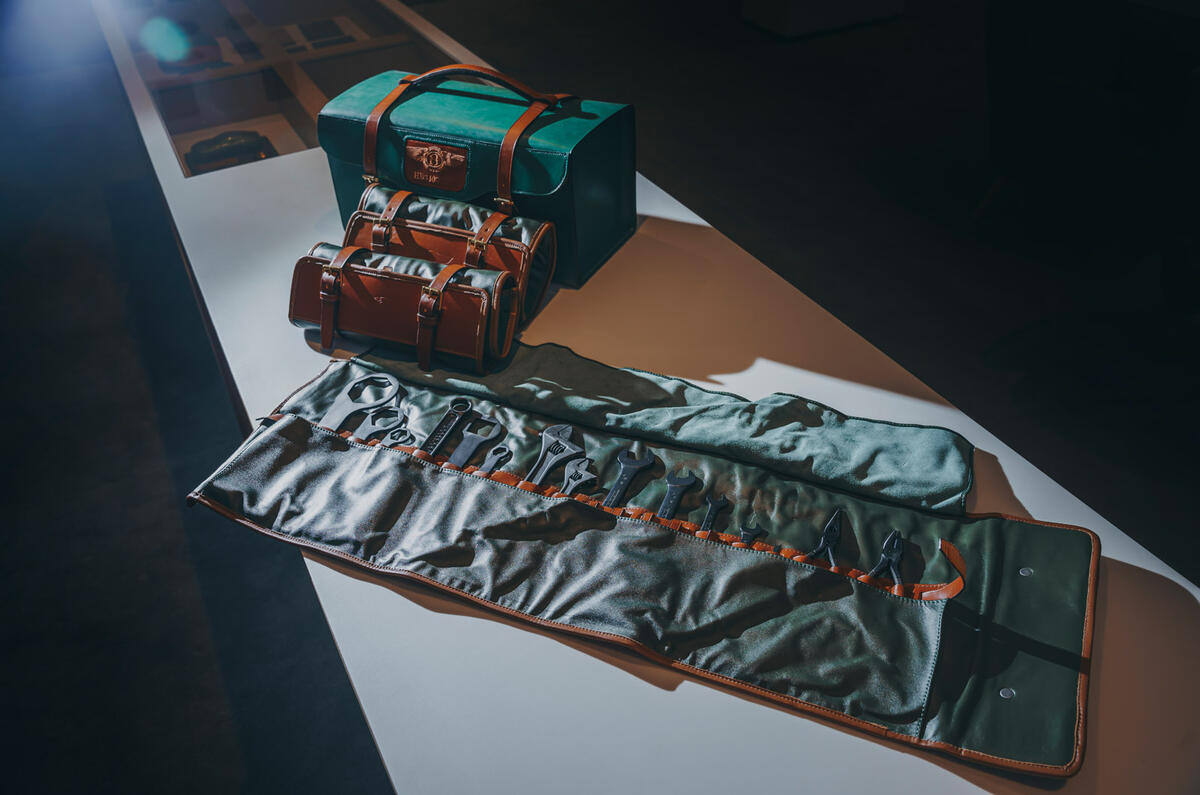

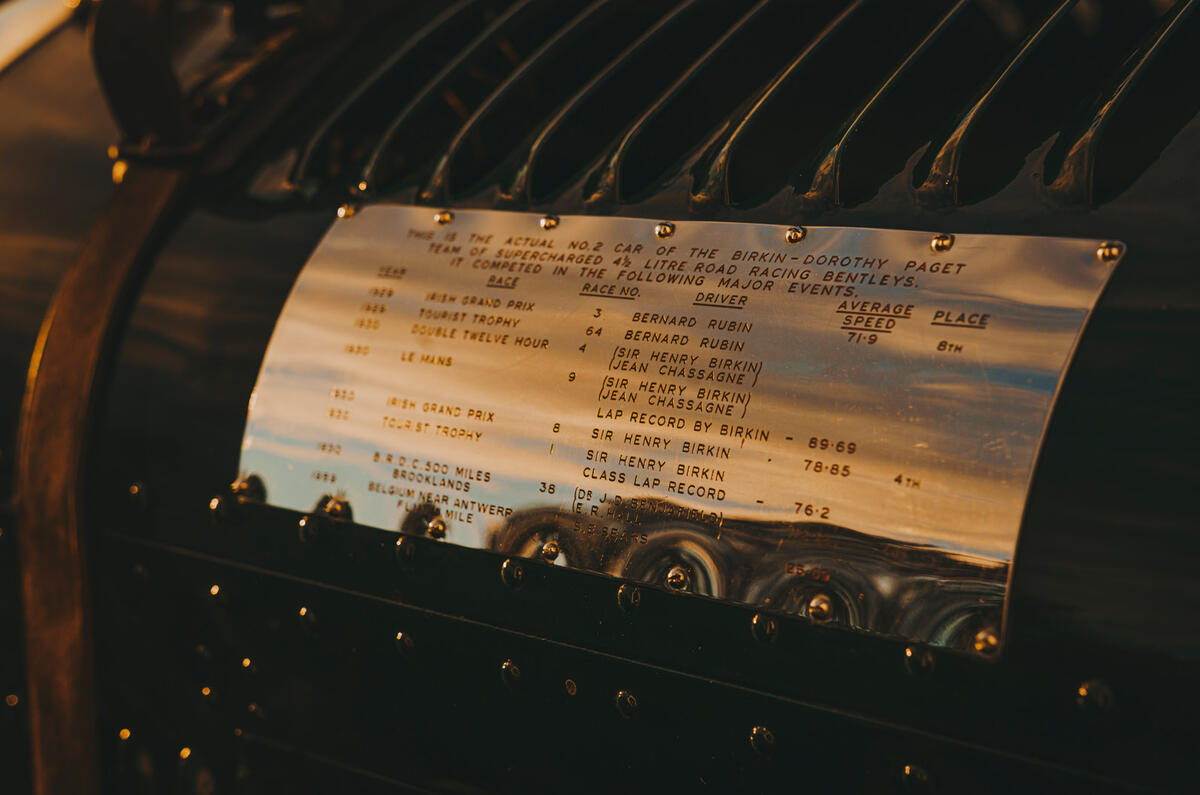
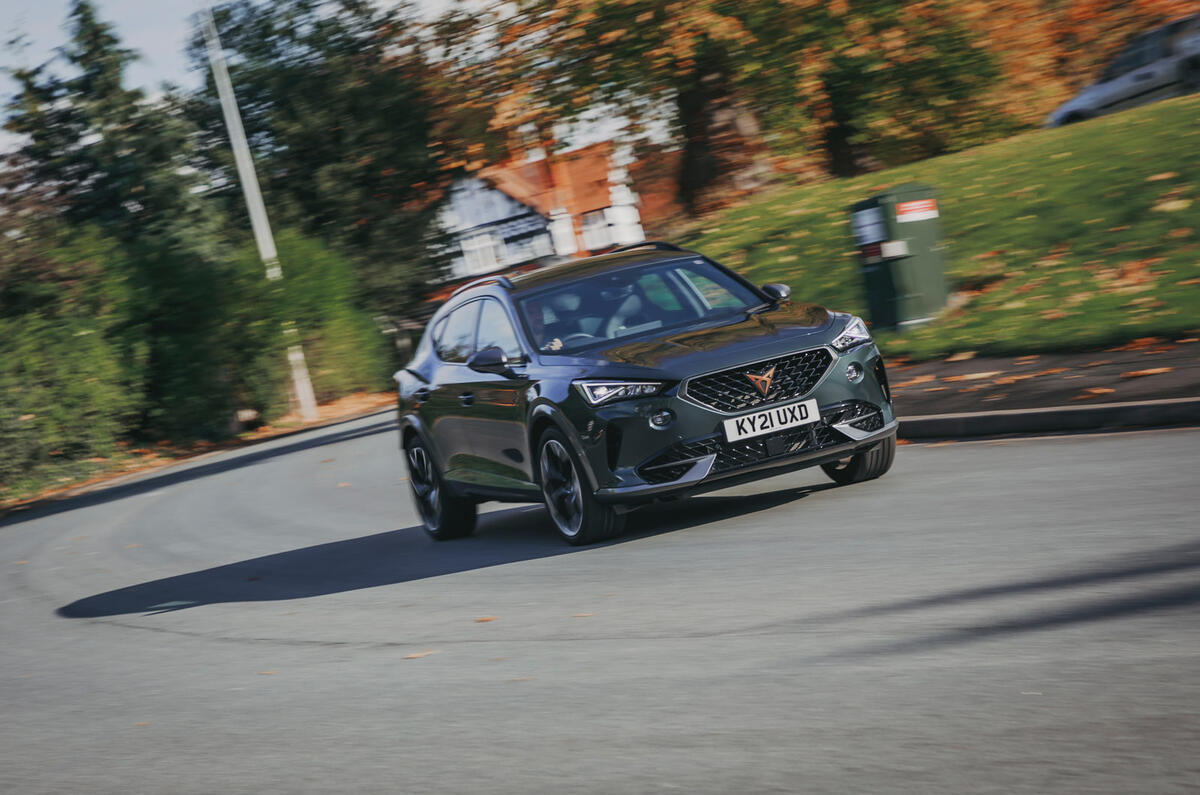
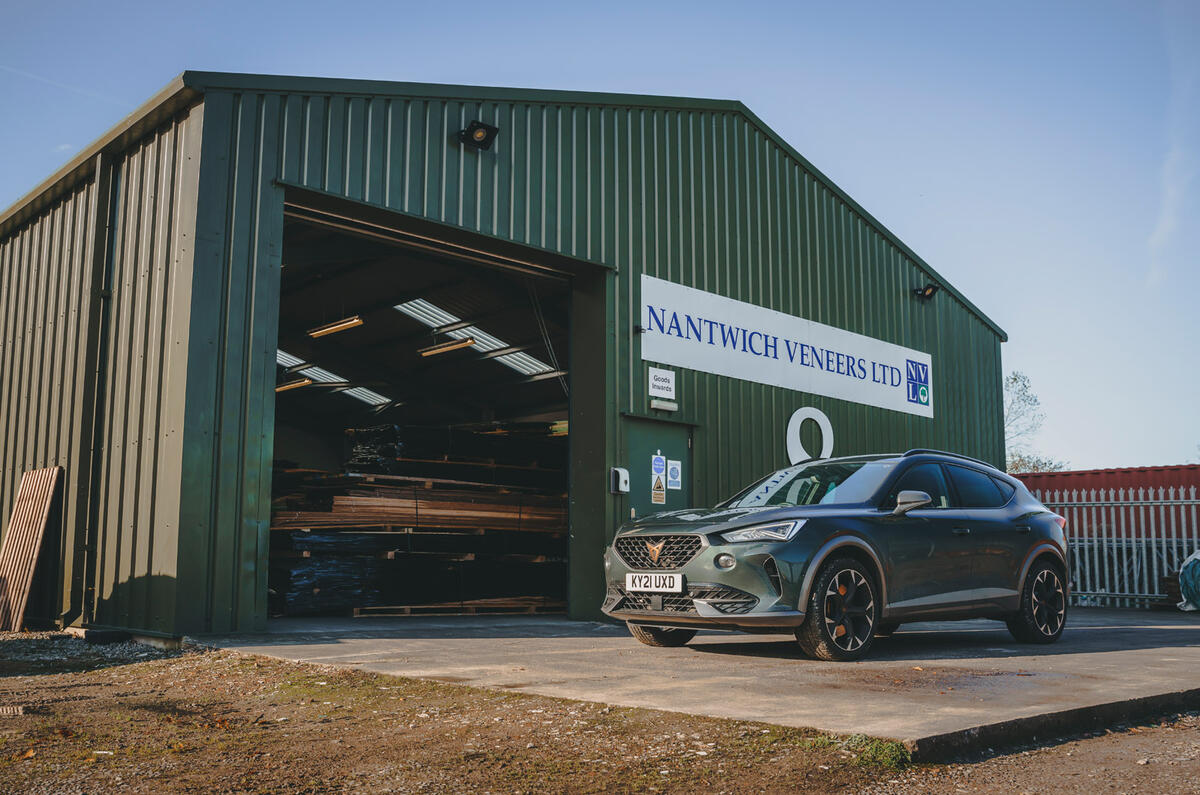
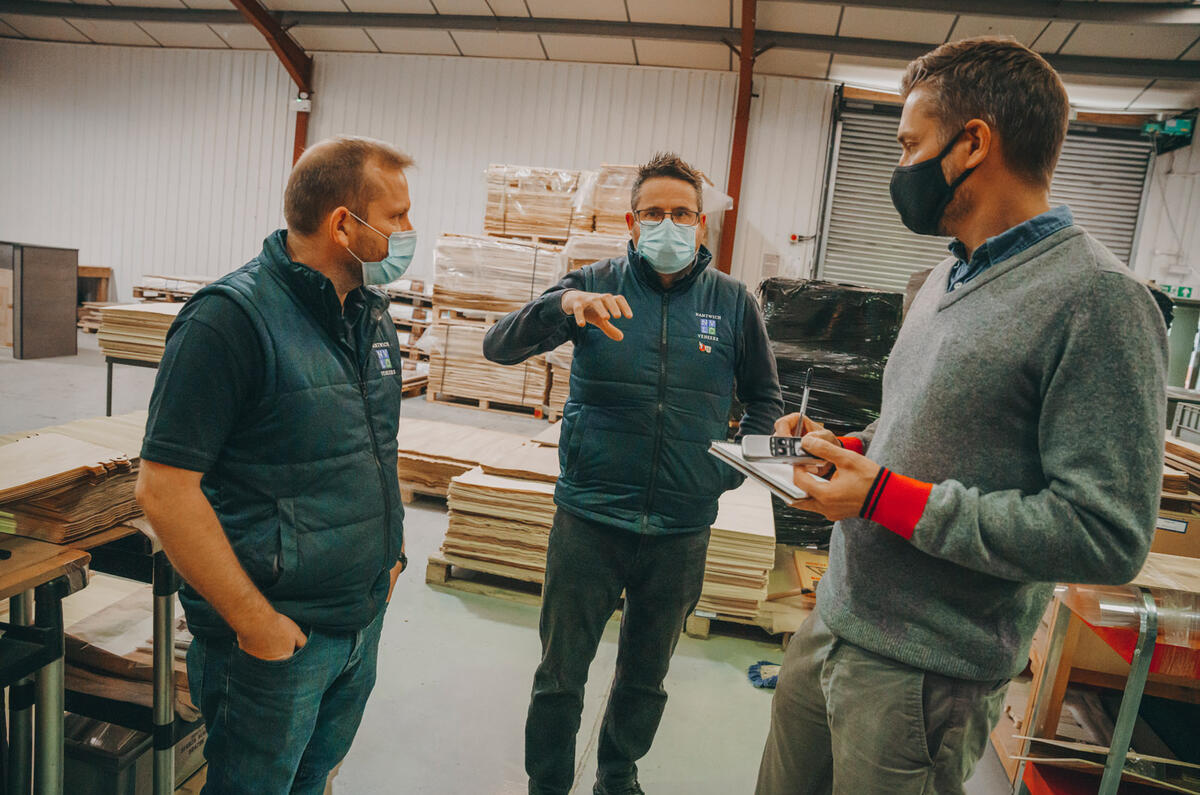
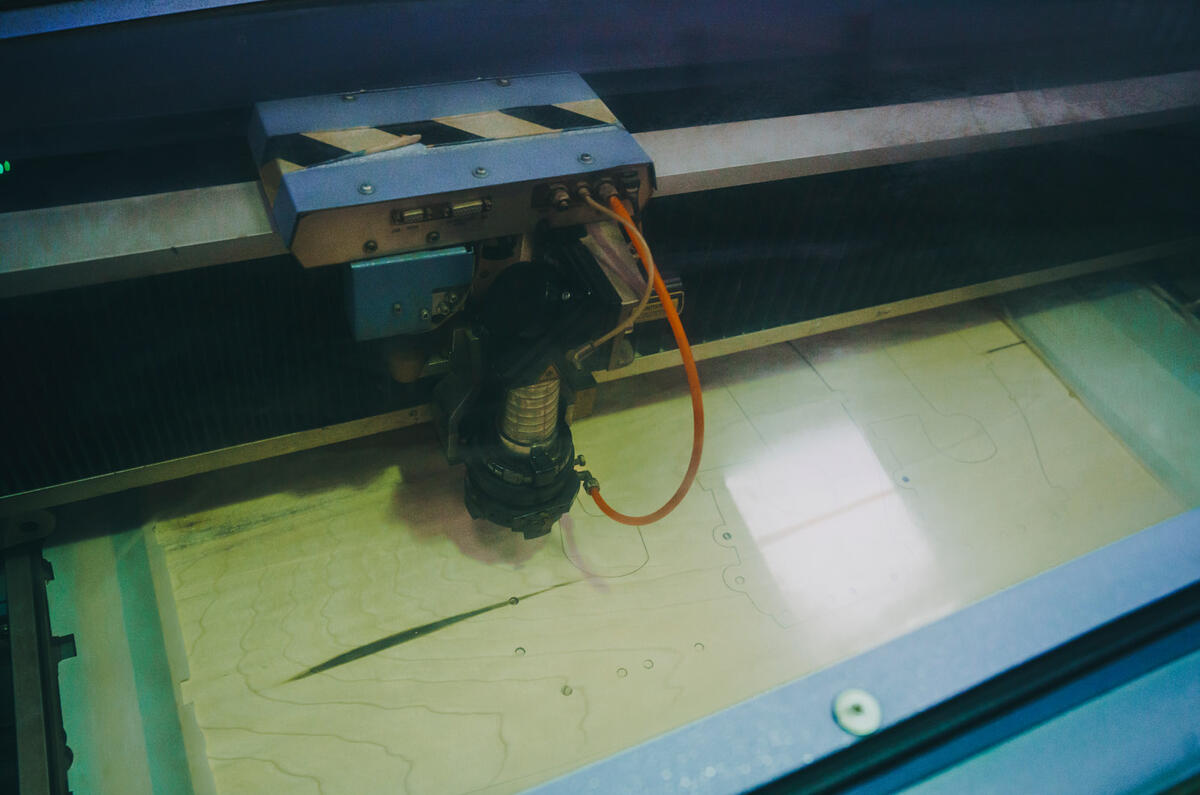
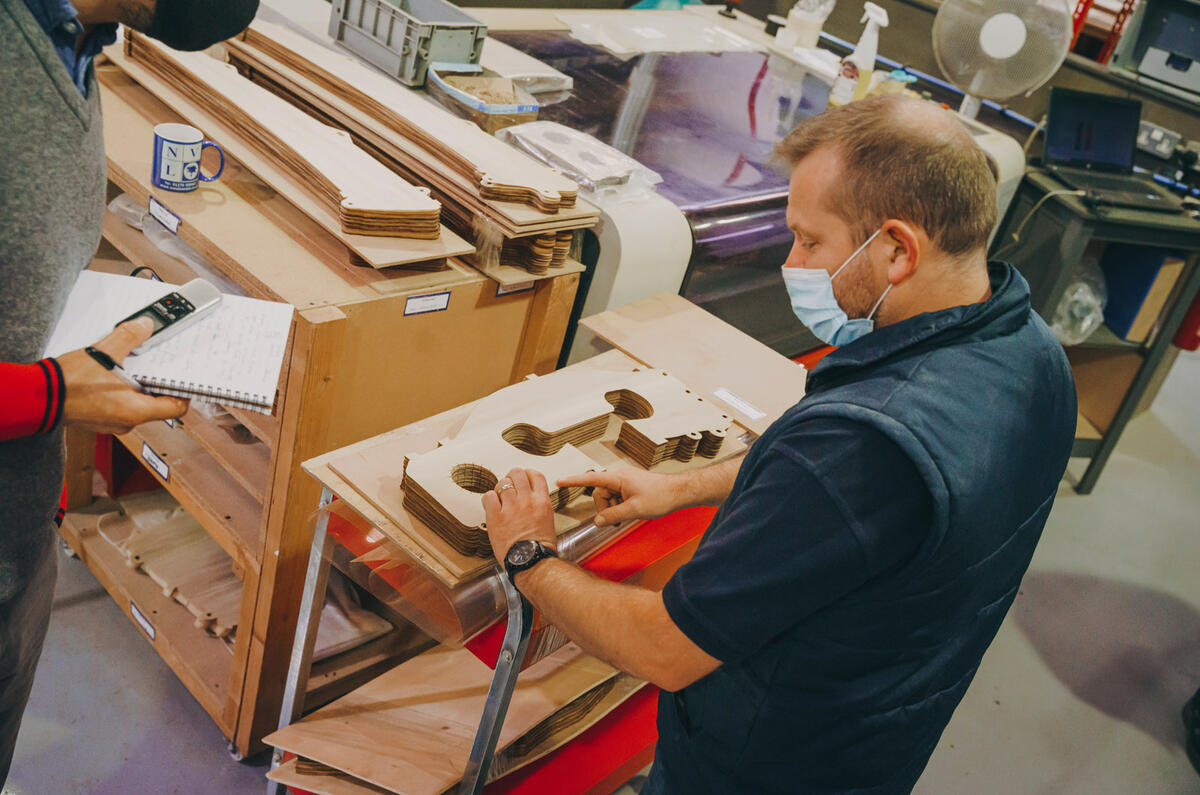
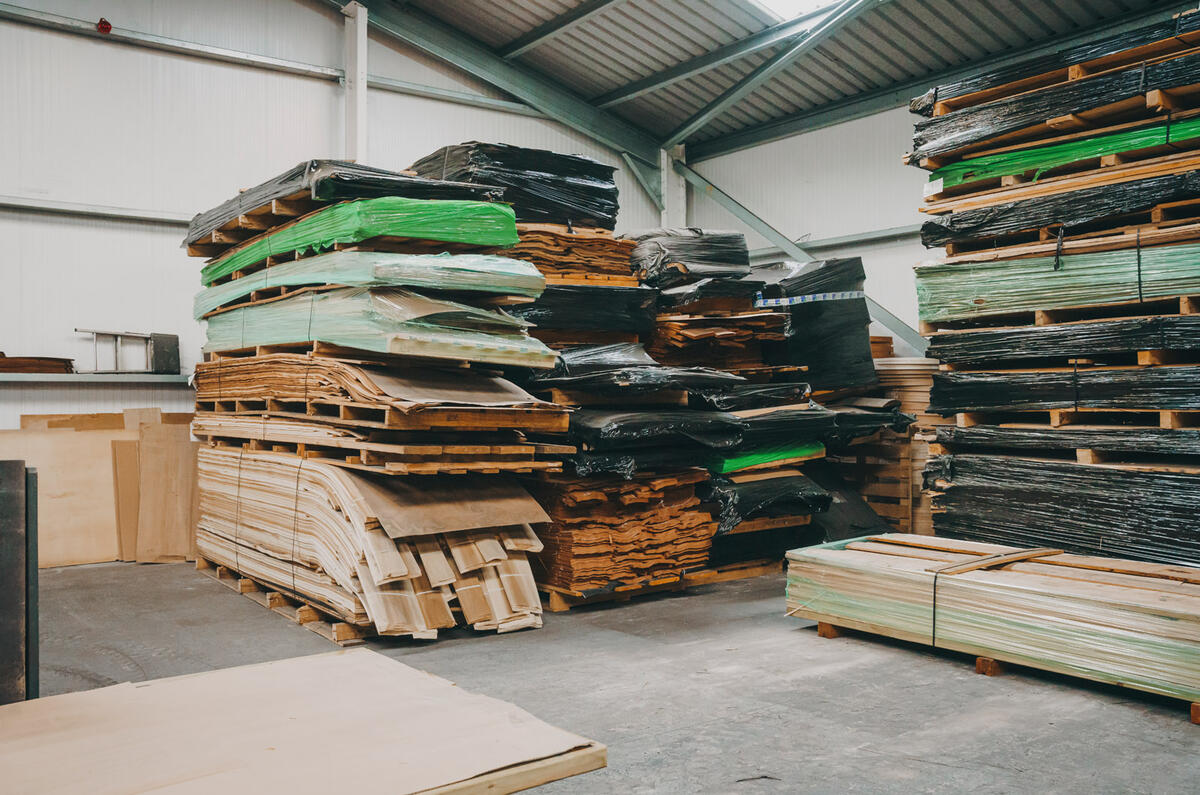



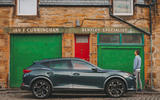





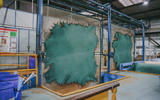
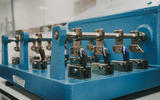
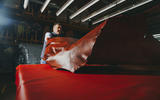
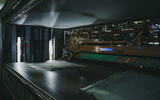
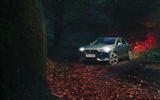





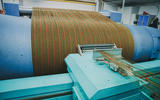
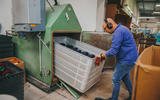


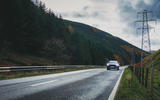



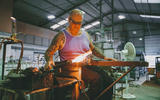



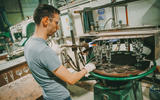
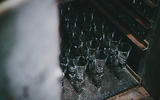

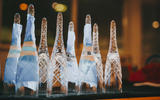
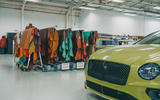



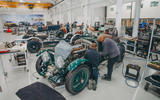
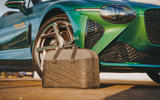
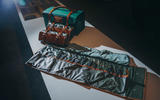
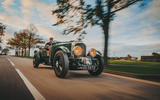
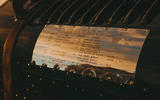

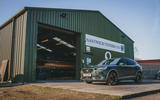
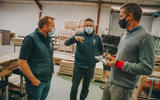



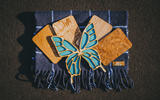


Join the debate
Add your comment
I hope this dross article isn't the future of Autocar. This isn't motoring journalism it's just an advertorial for various companies from leather to glass. If I want rubbish like this, I will watch a video from some online nobody "influencer".
Why didn't you just look at YouTube as you, yourself, suggested, instead of posting your brain dead opinion on this forum. I personally found it interesting and insightful - often wondered where these premium brands get their interiors manufactured etc.